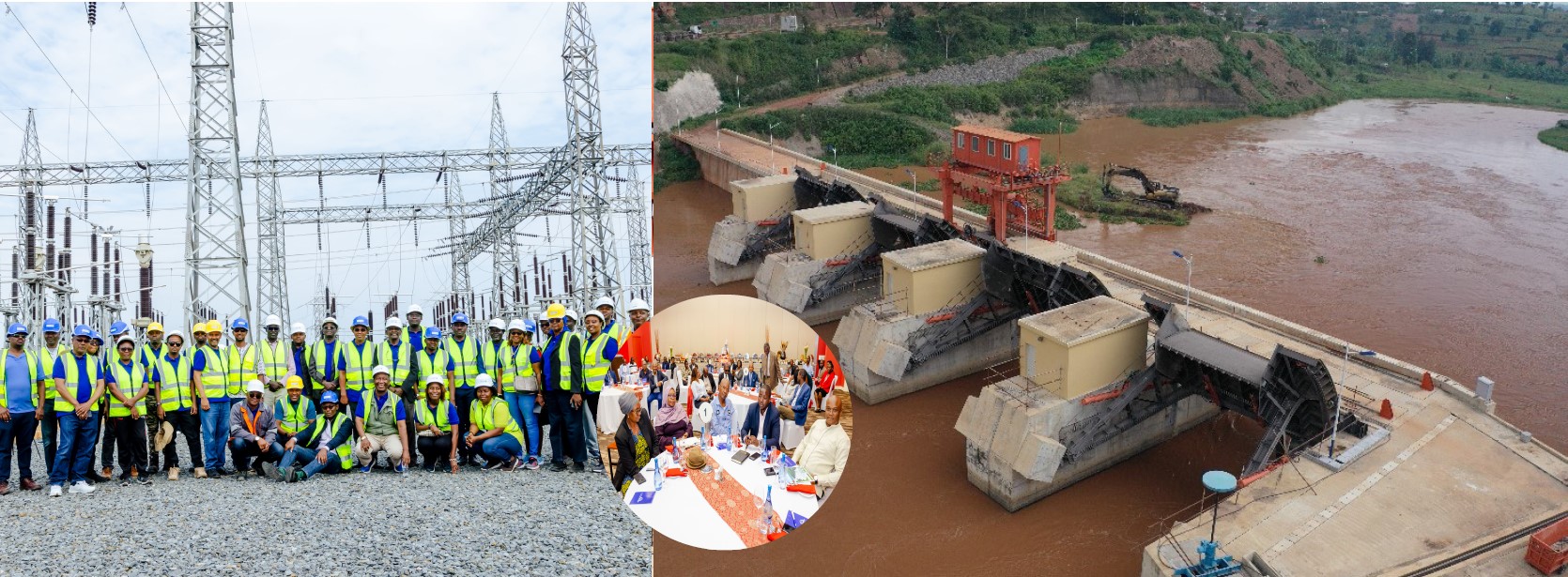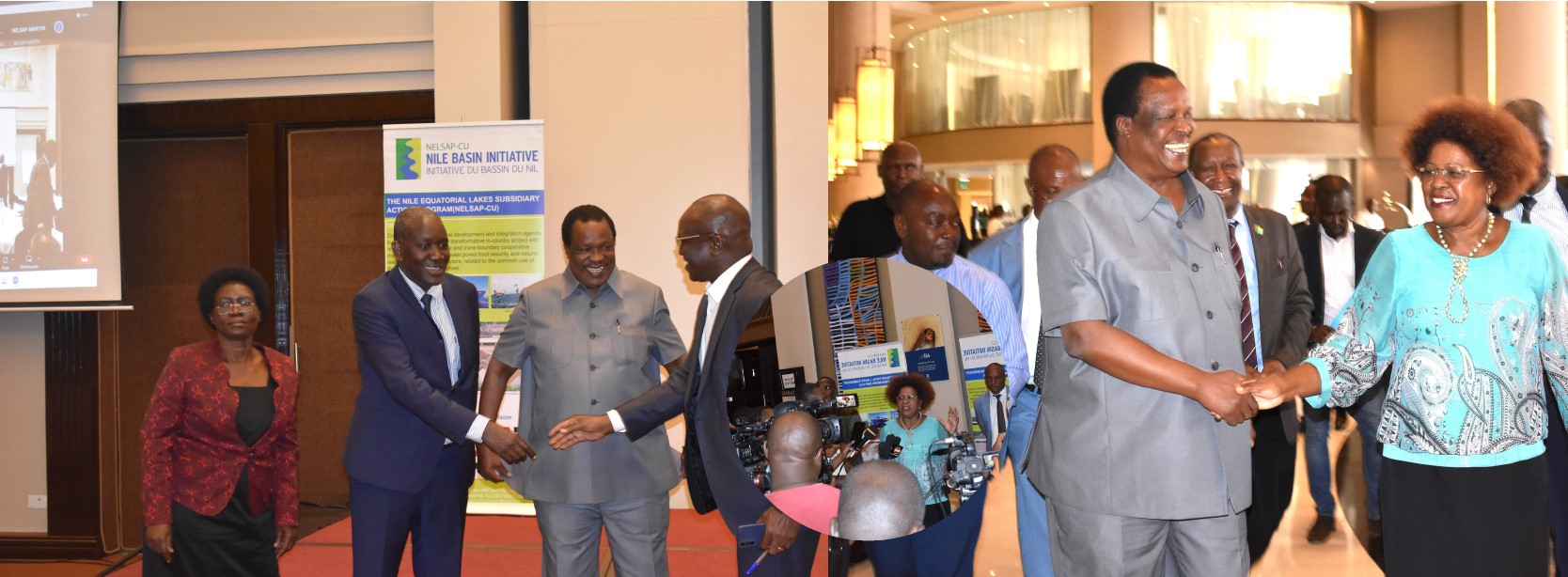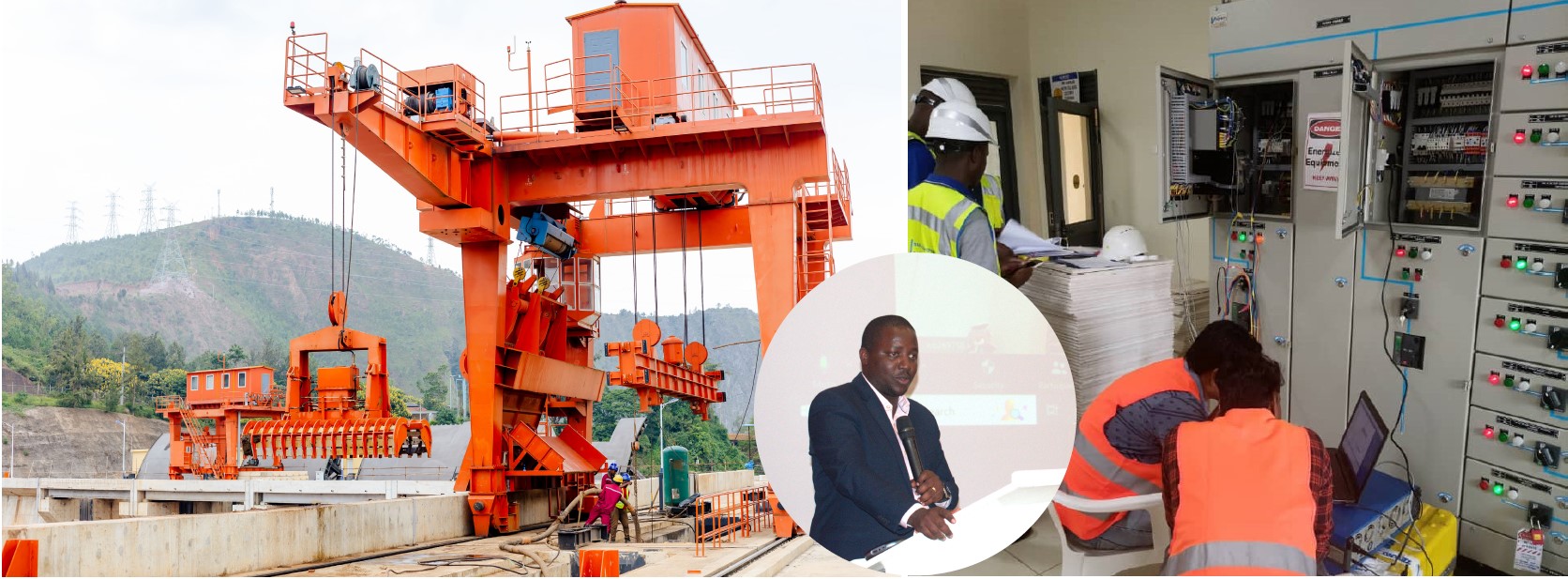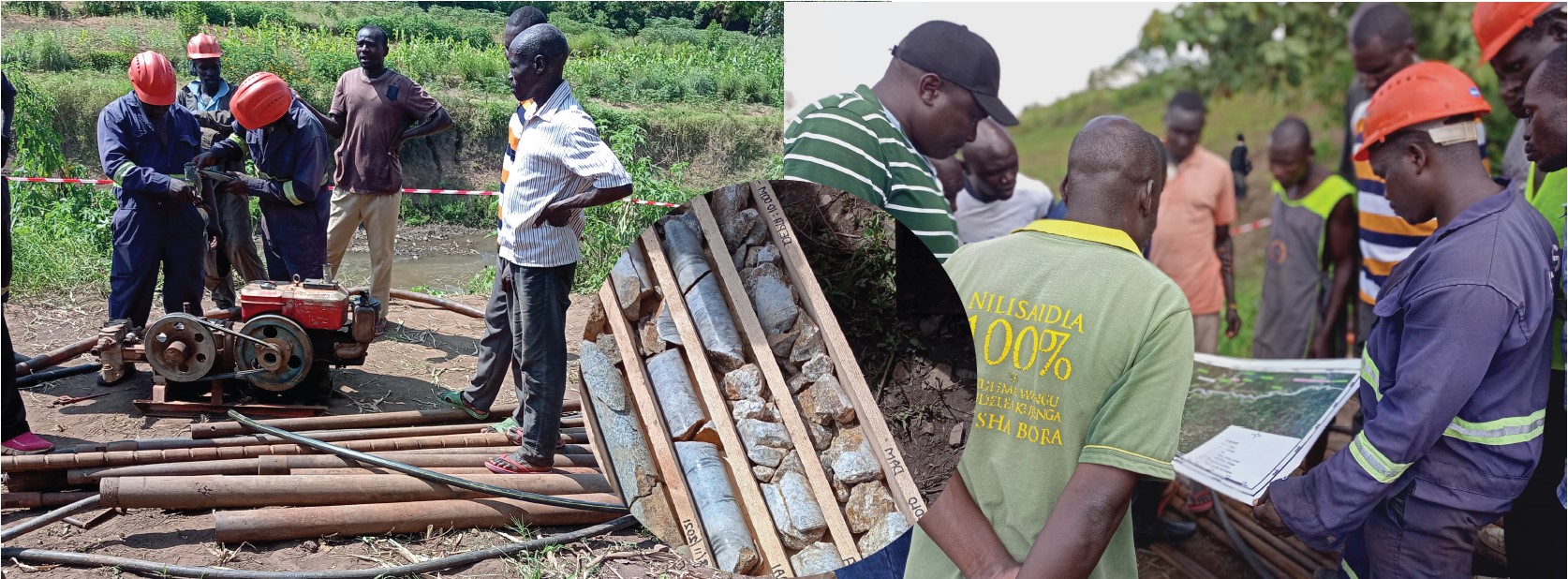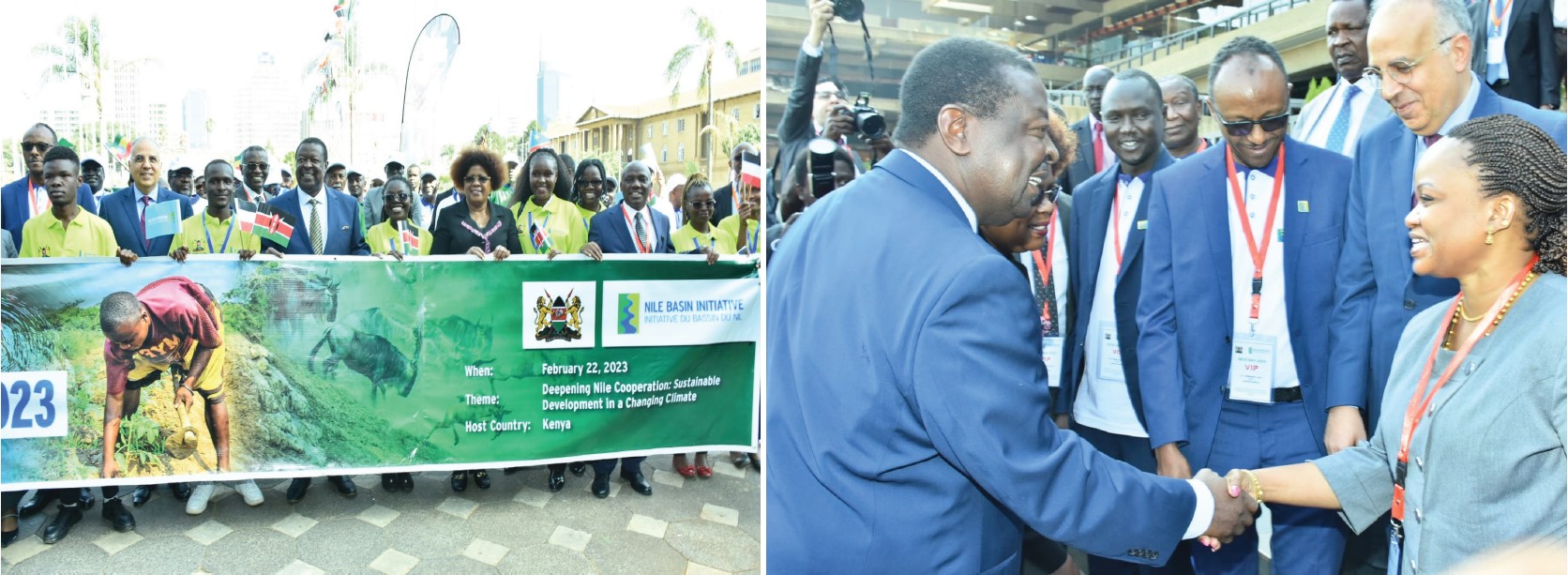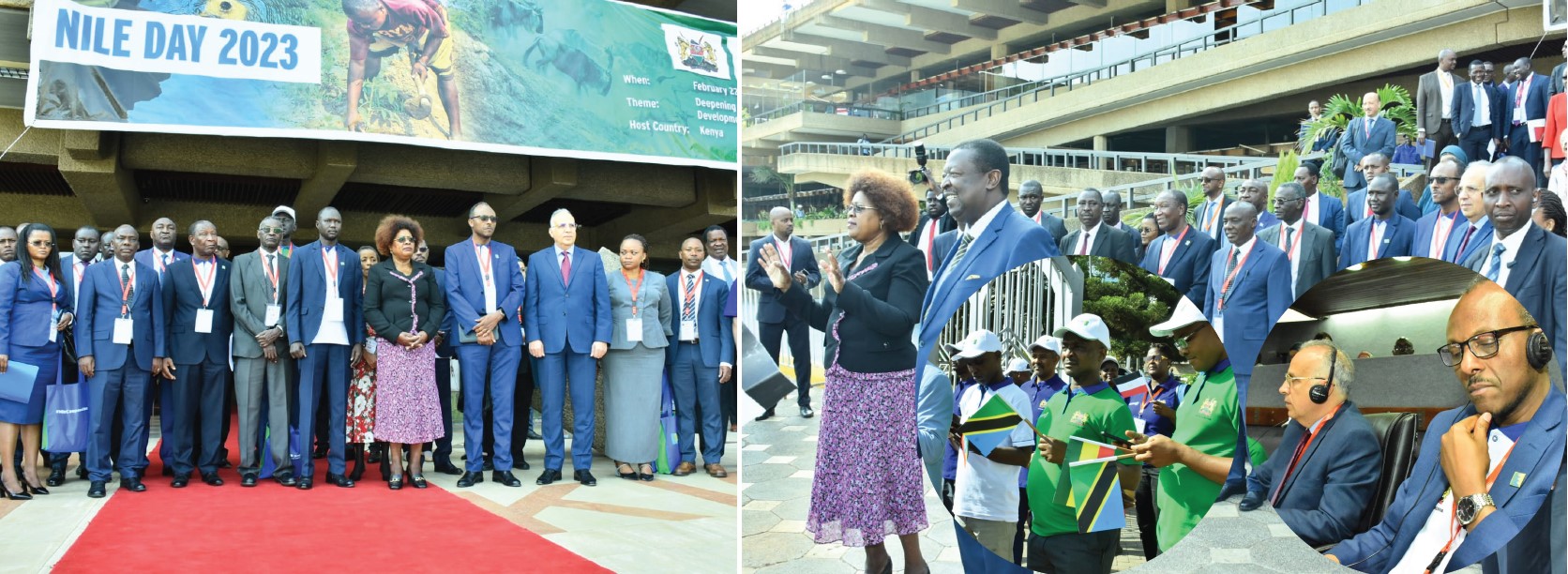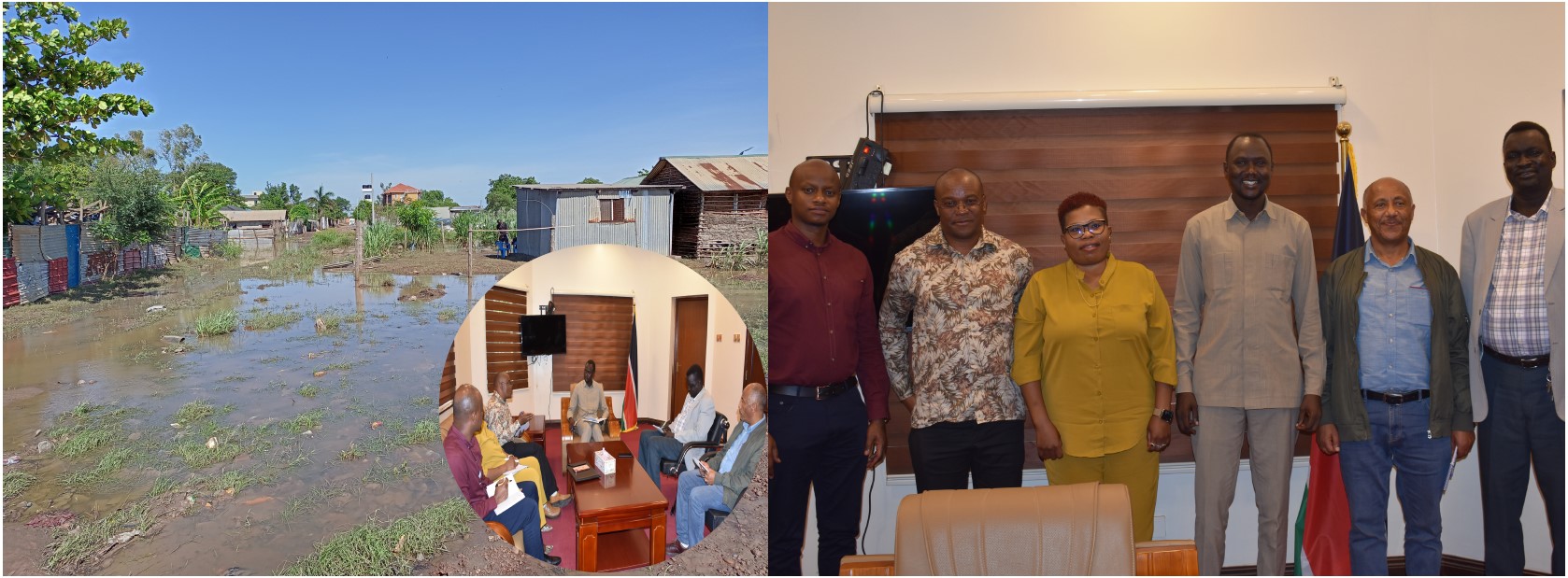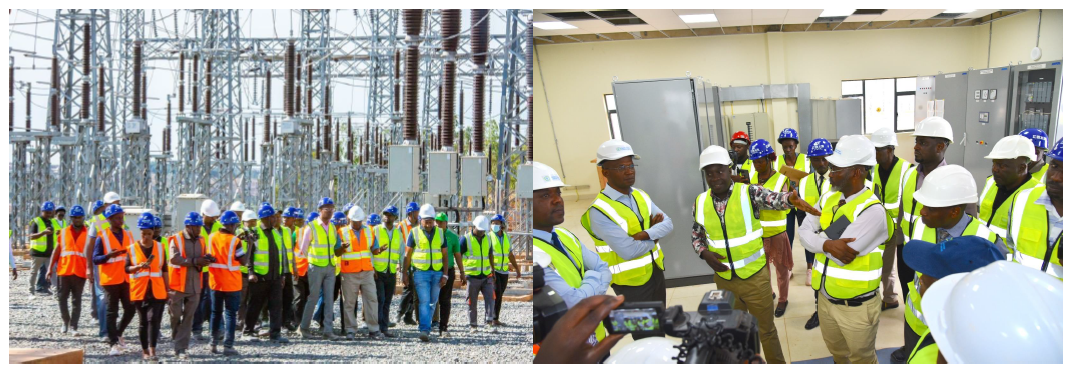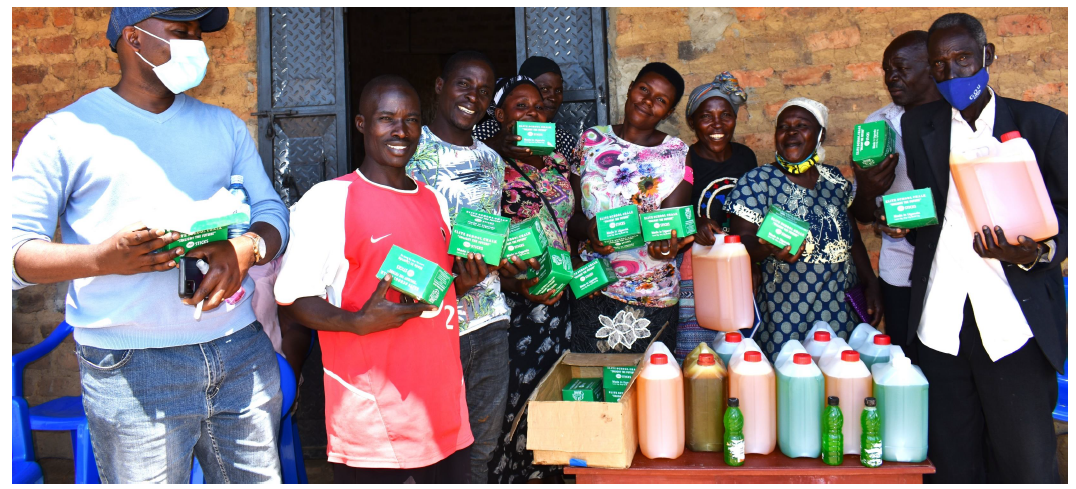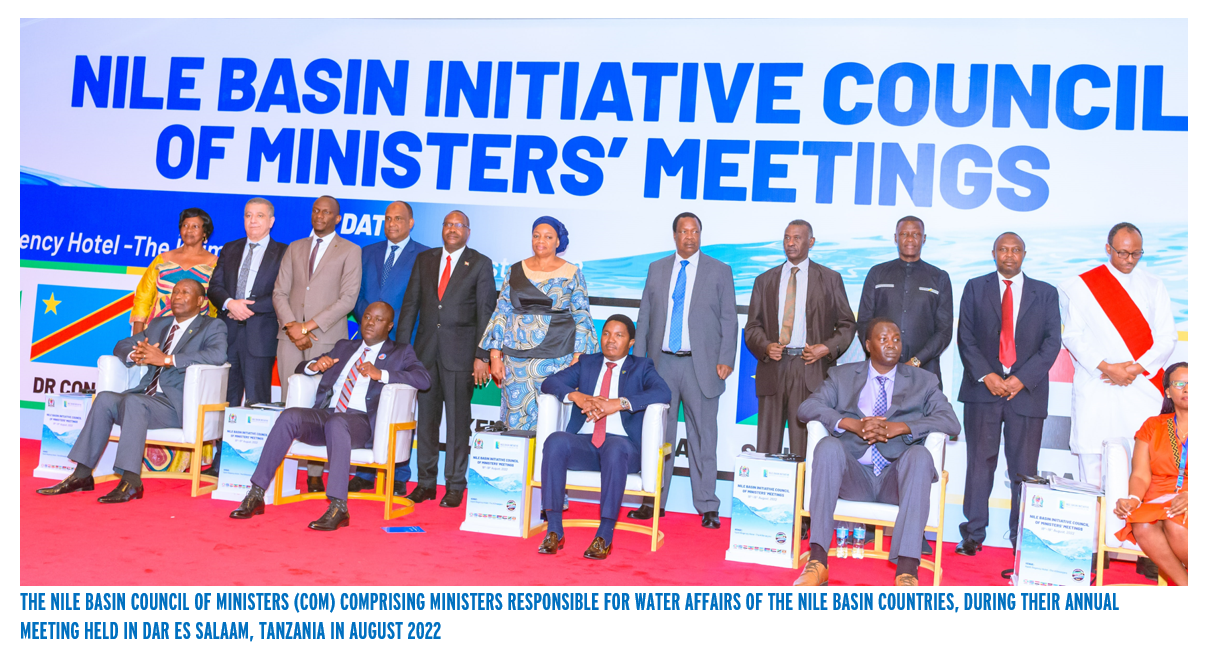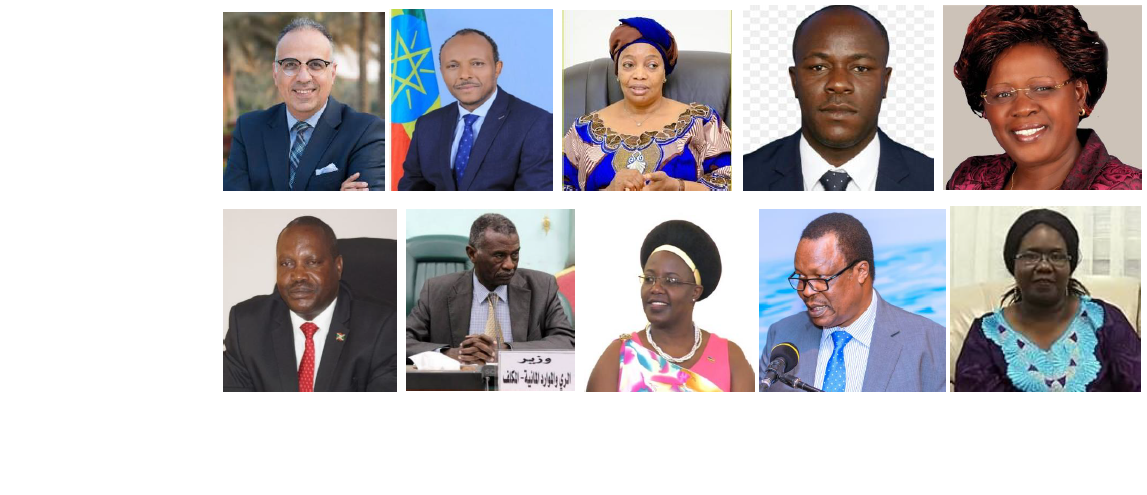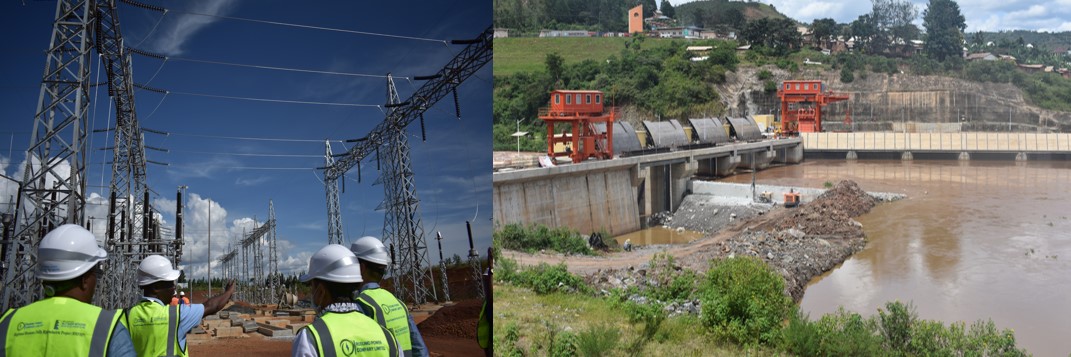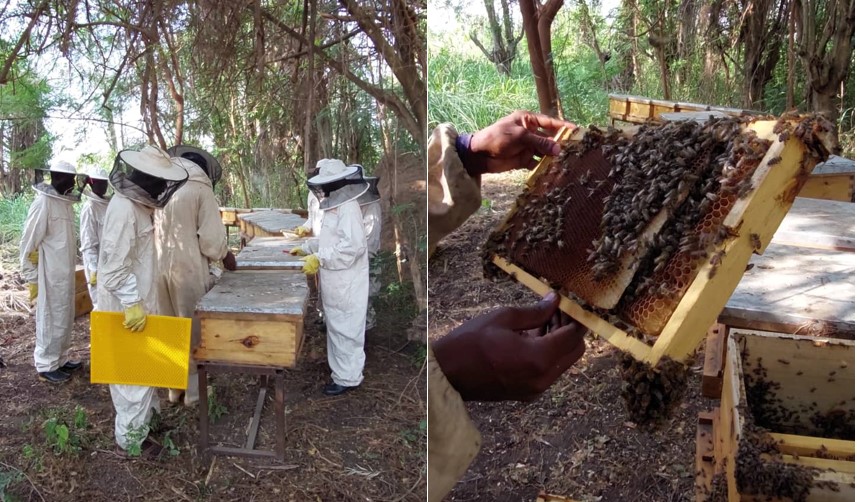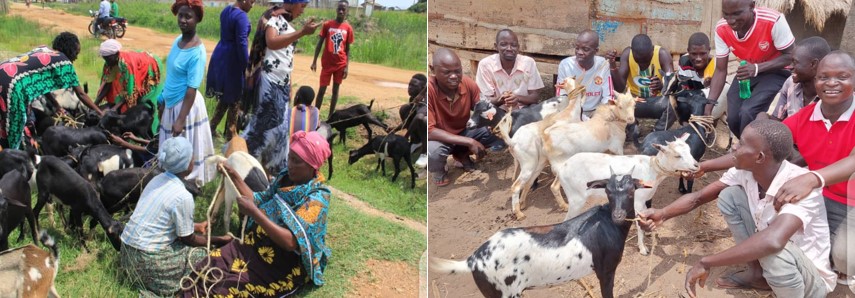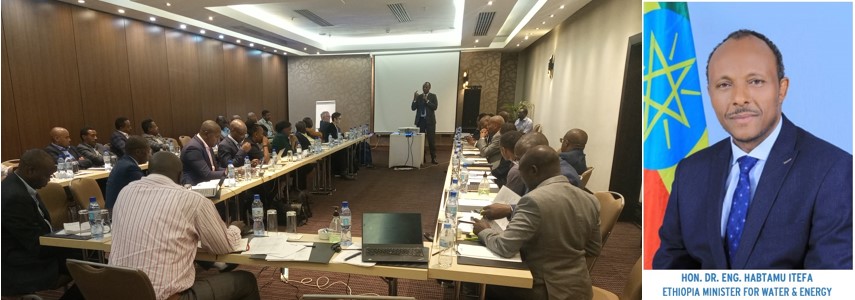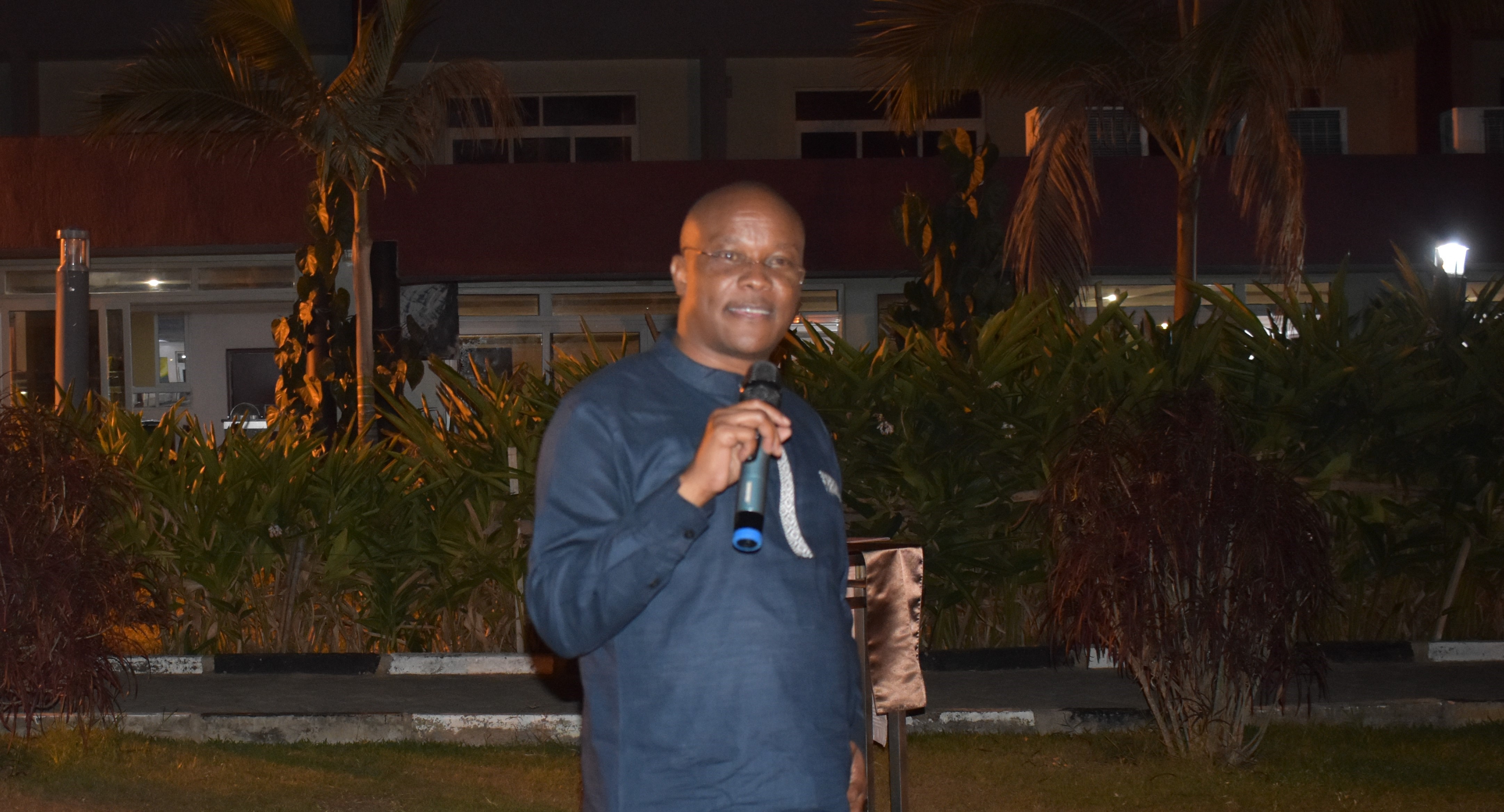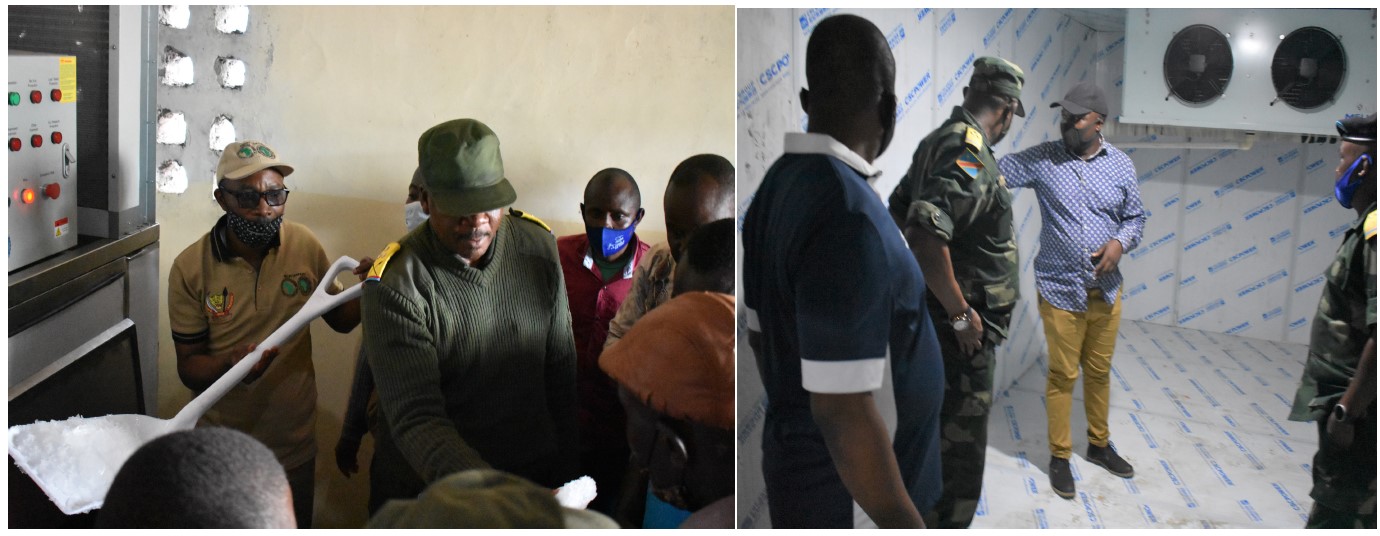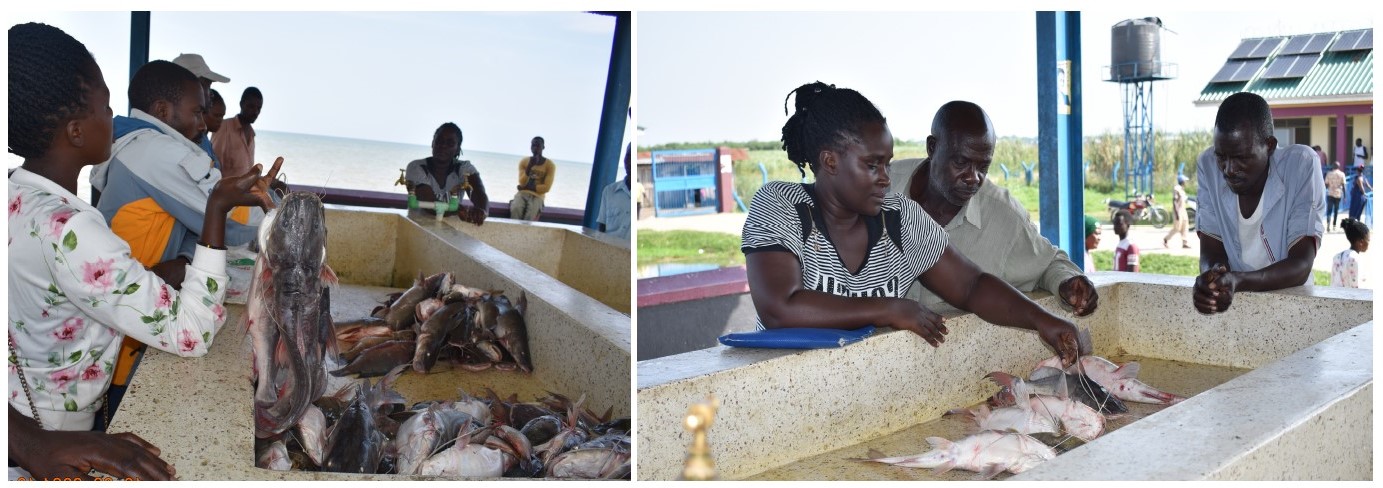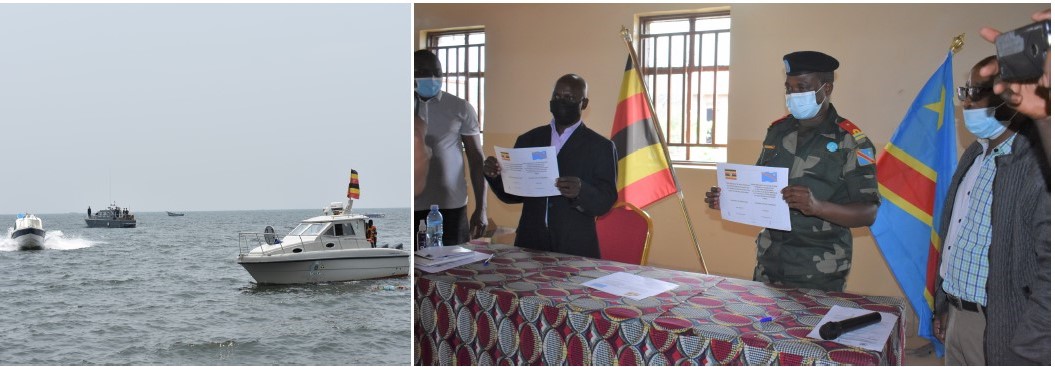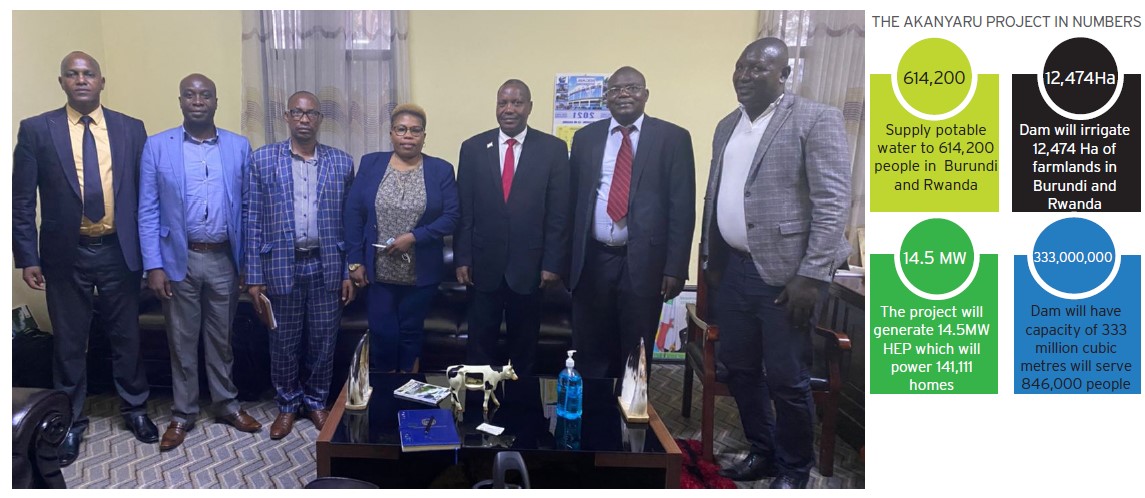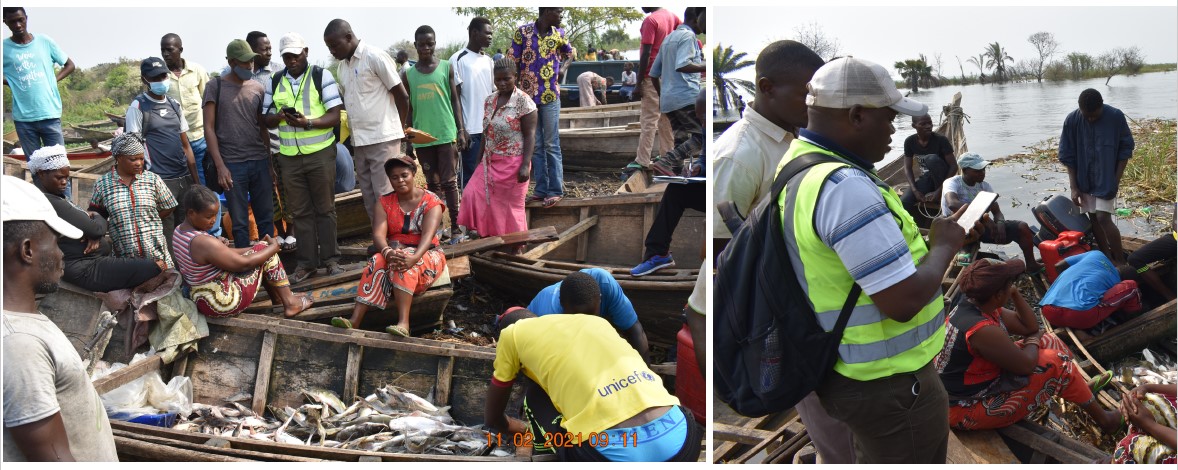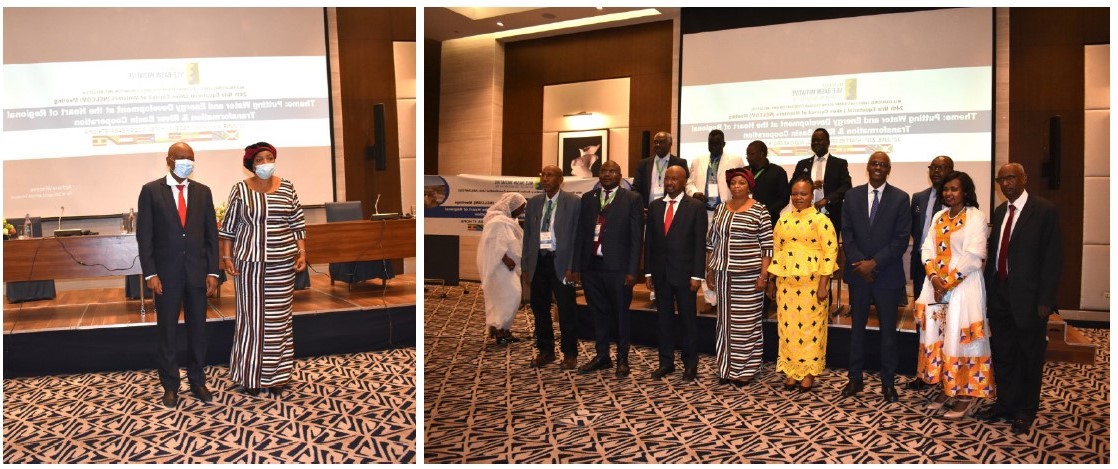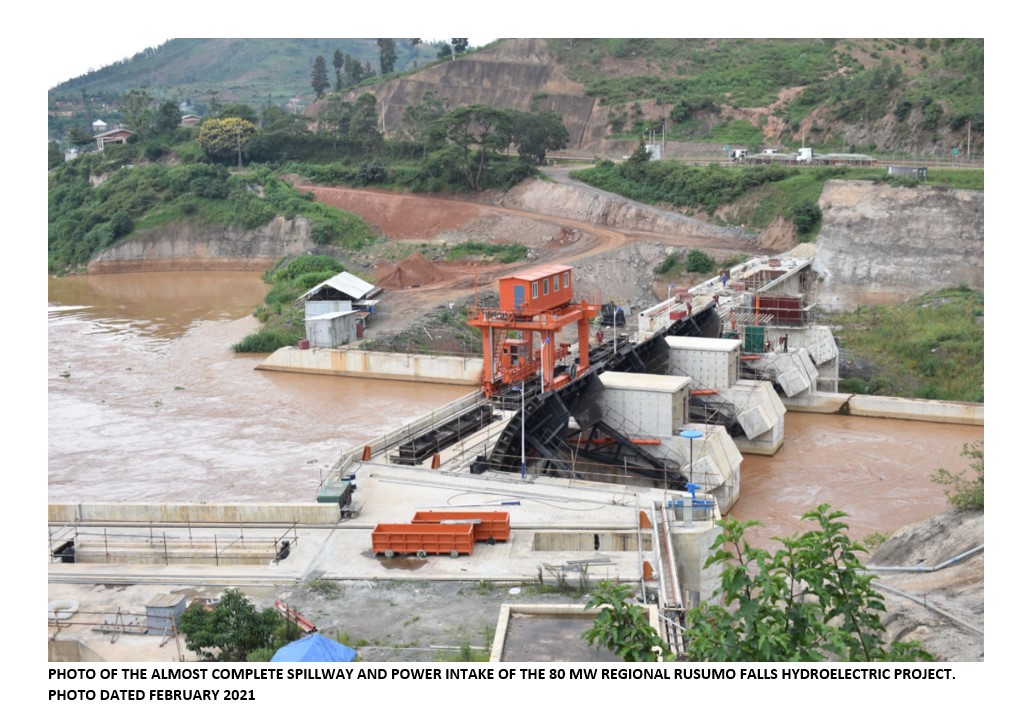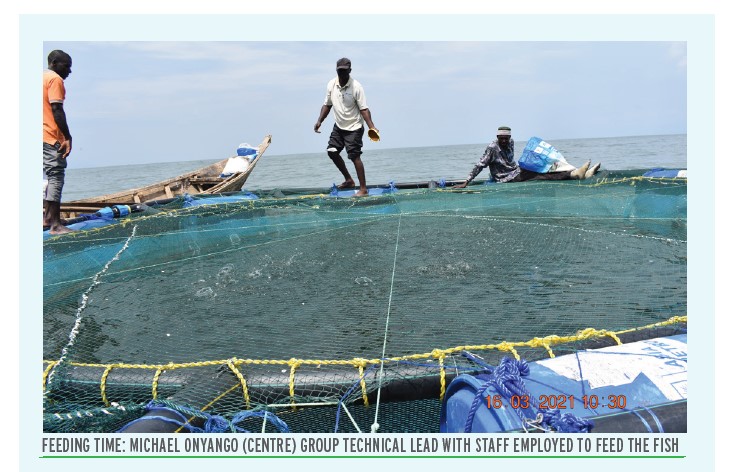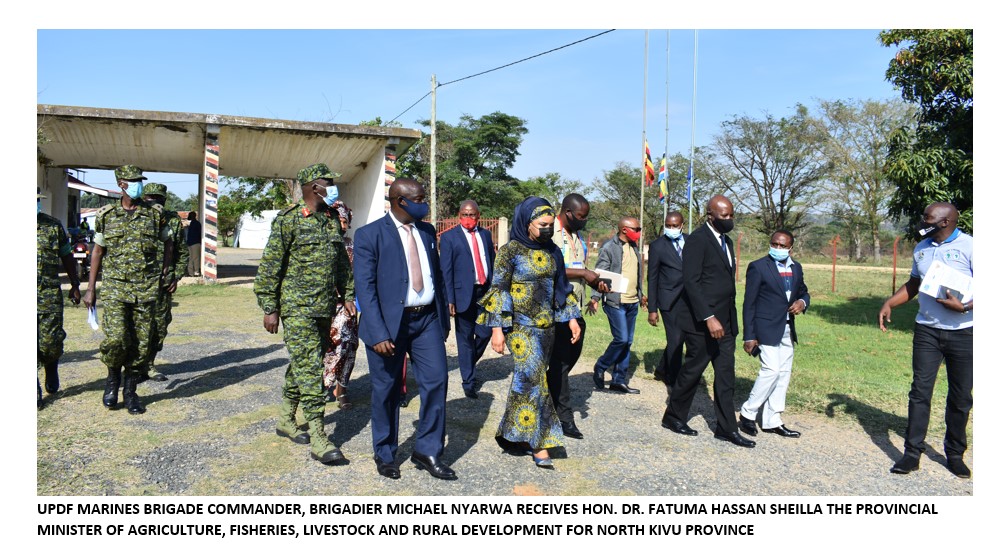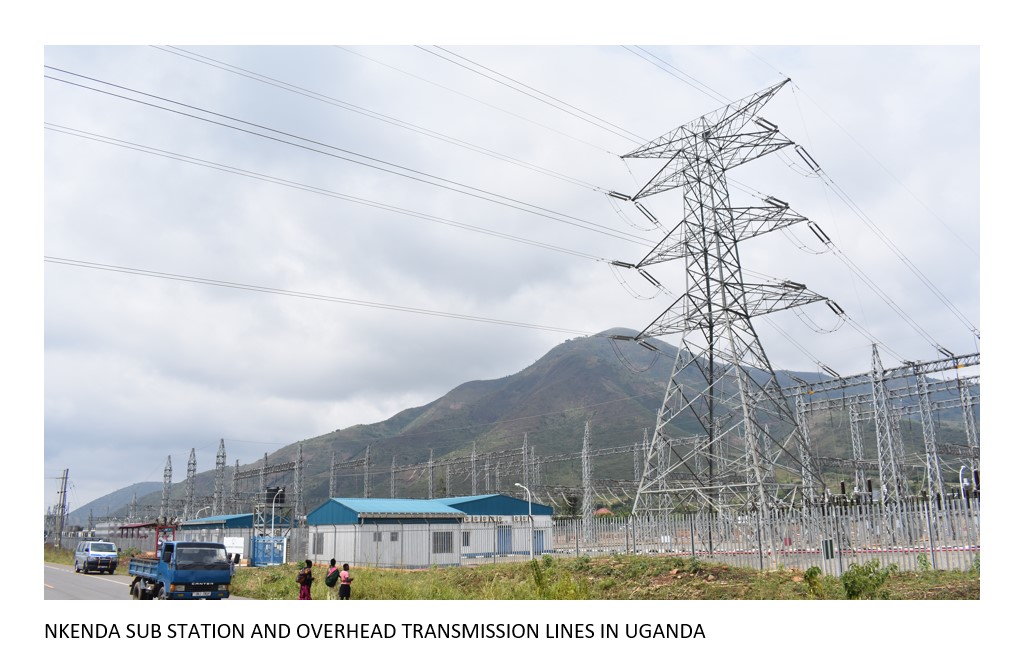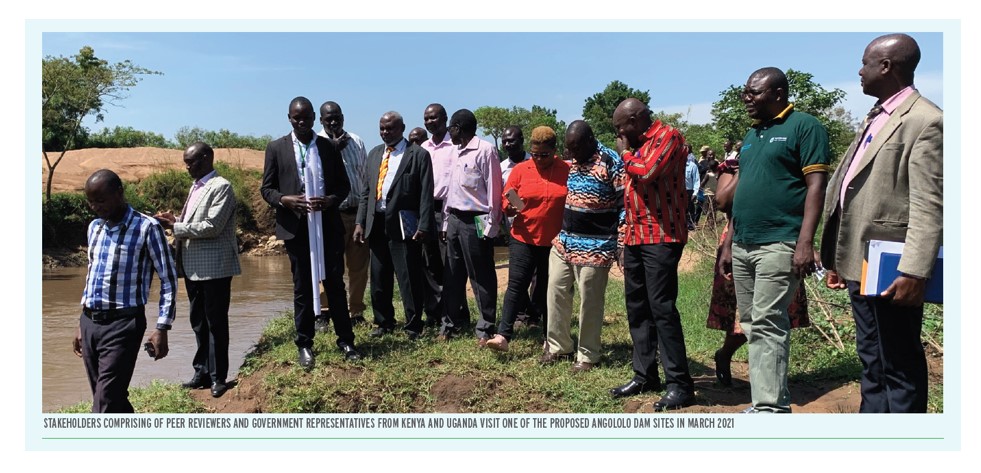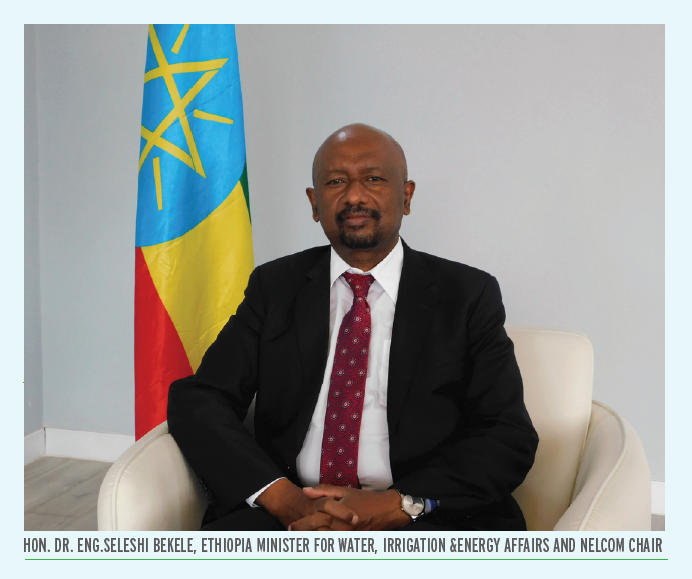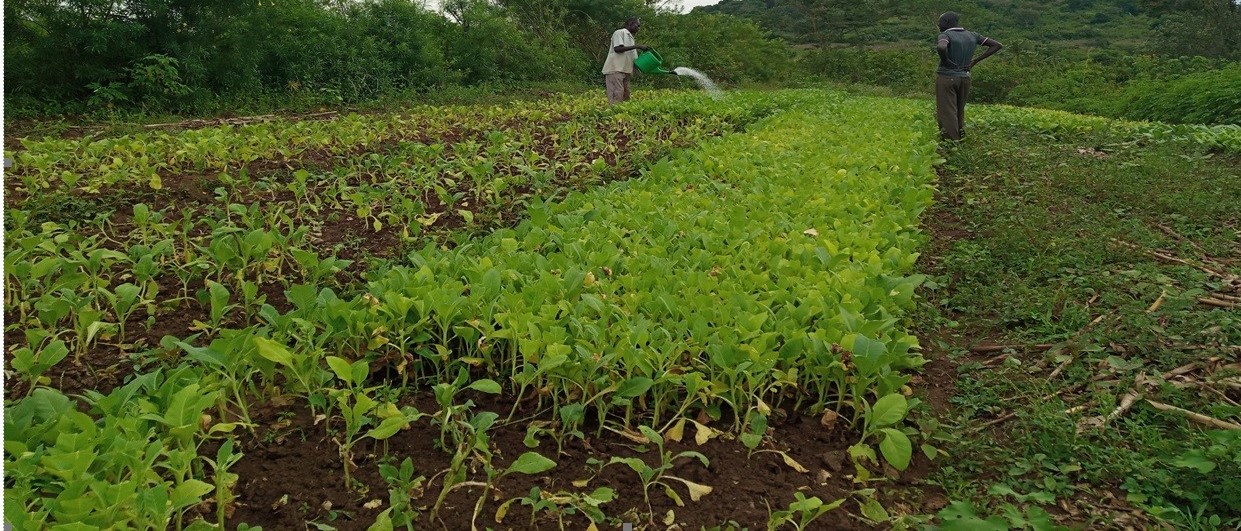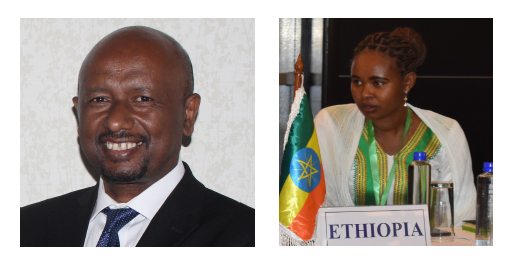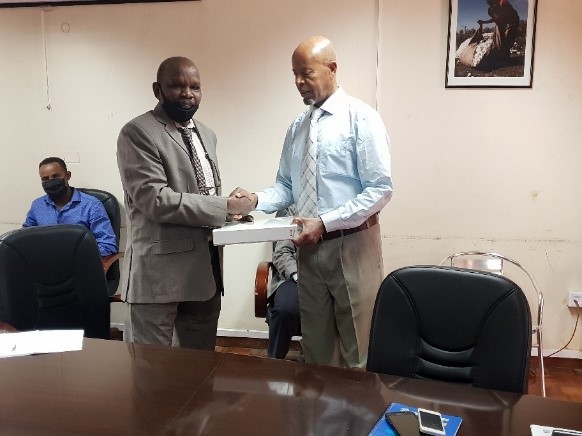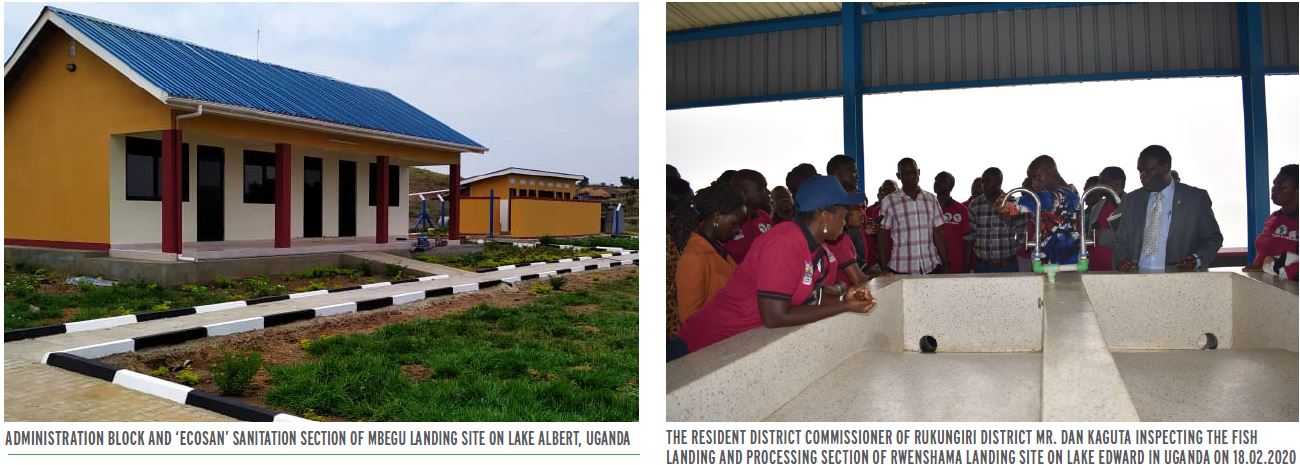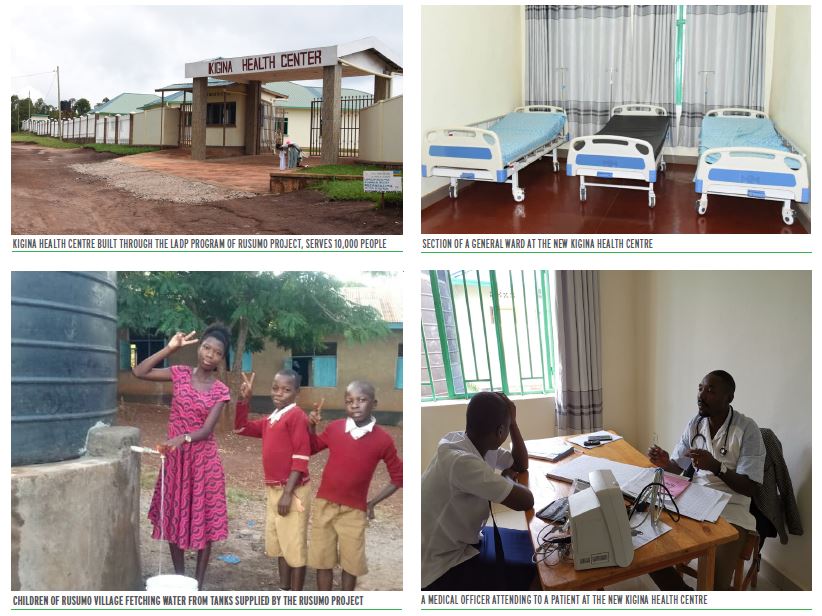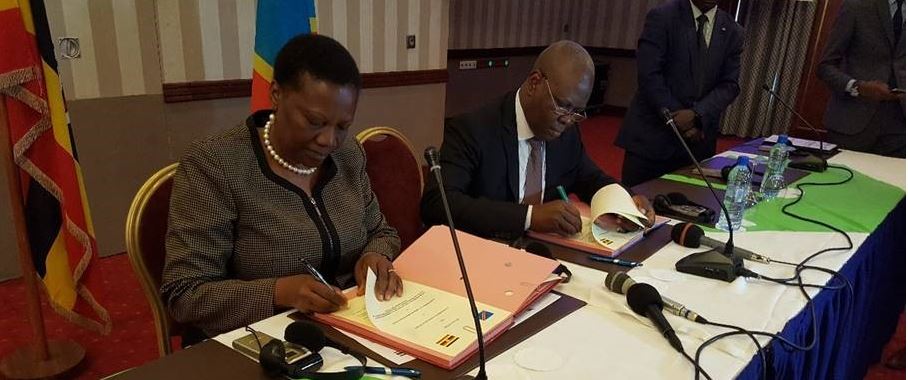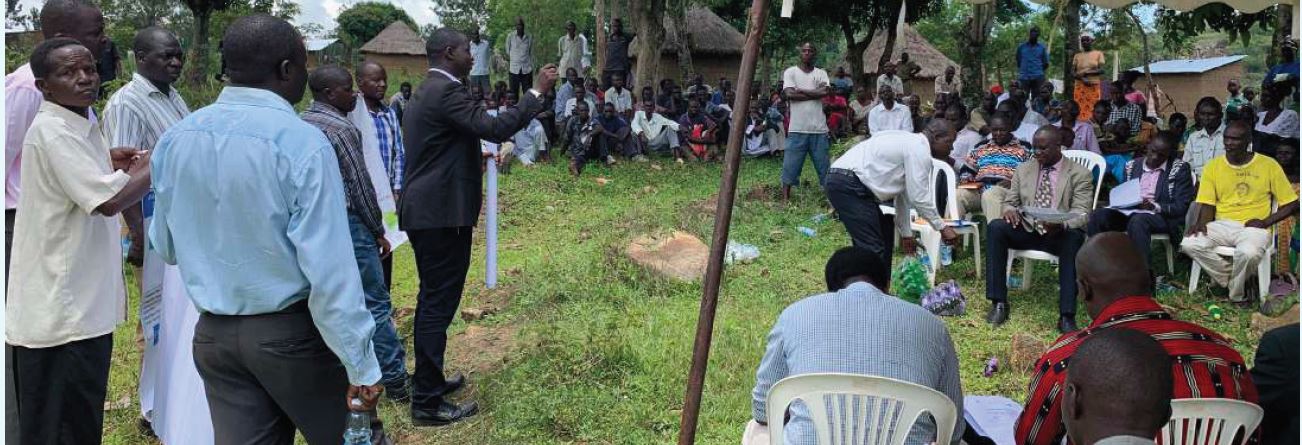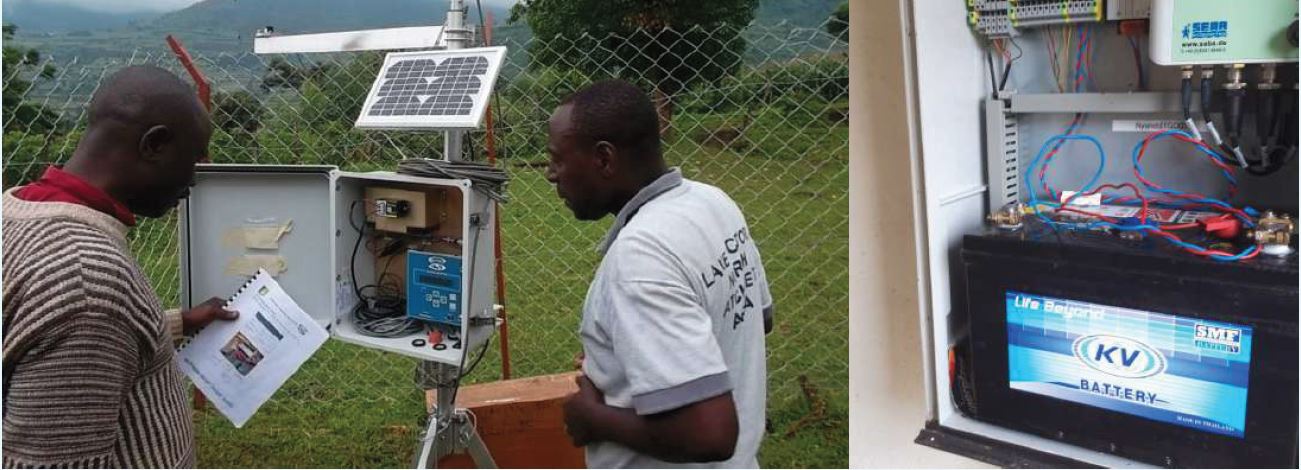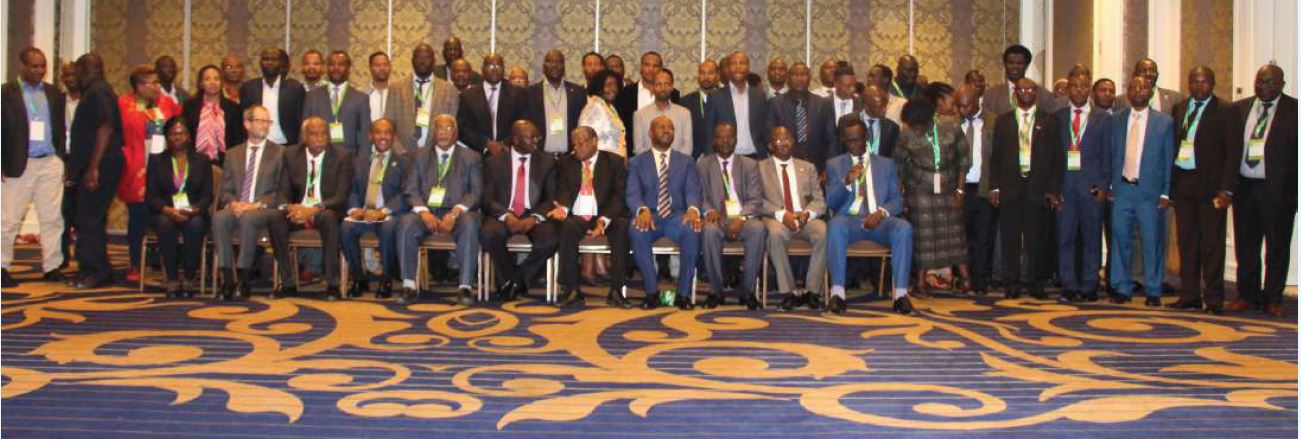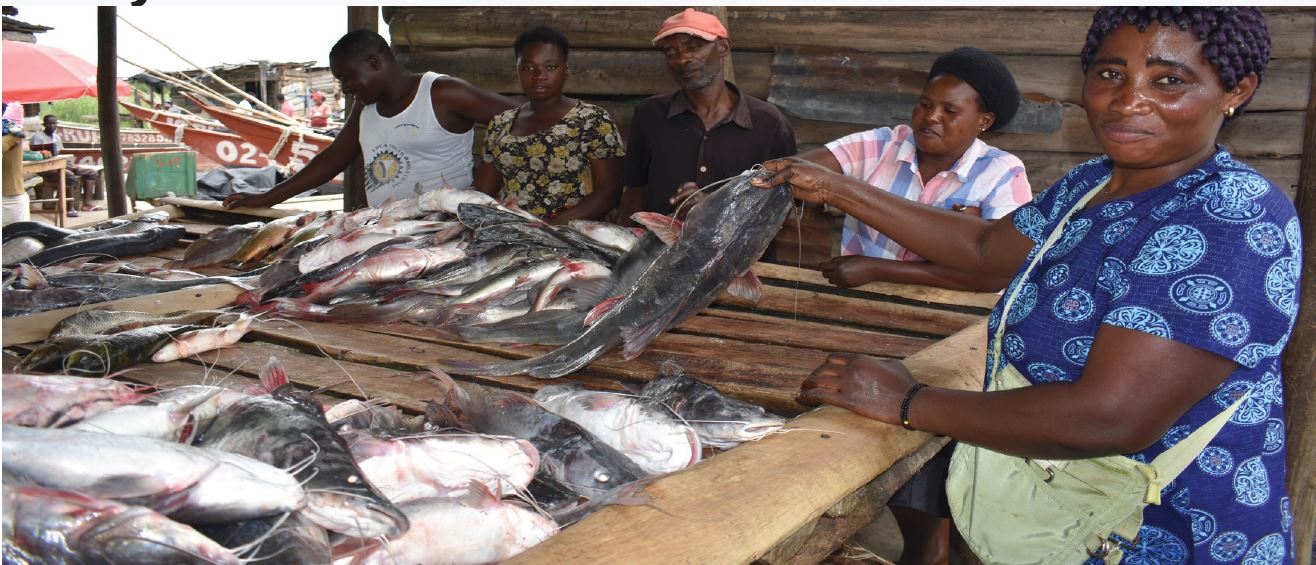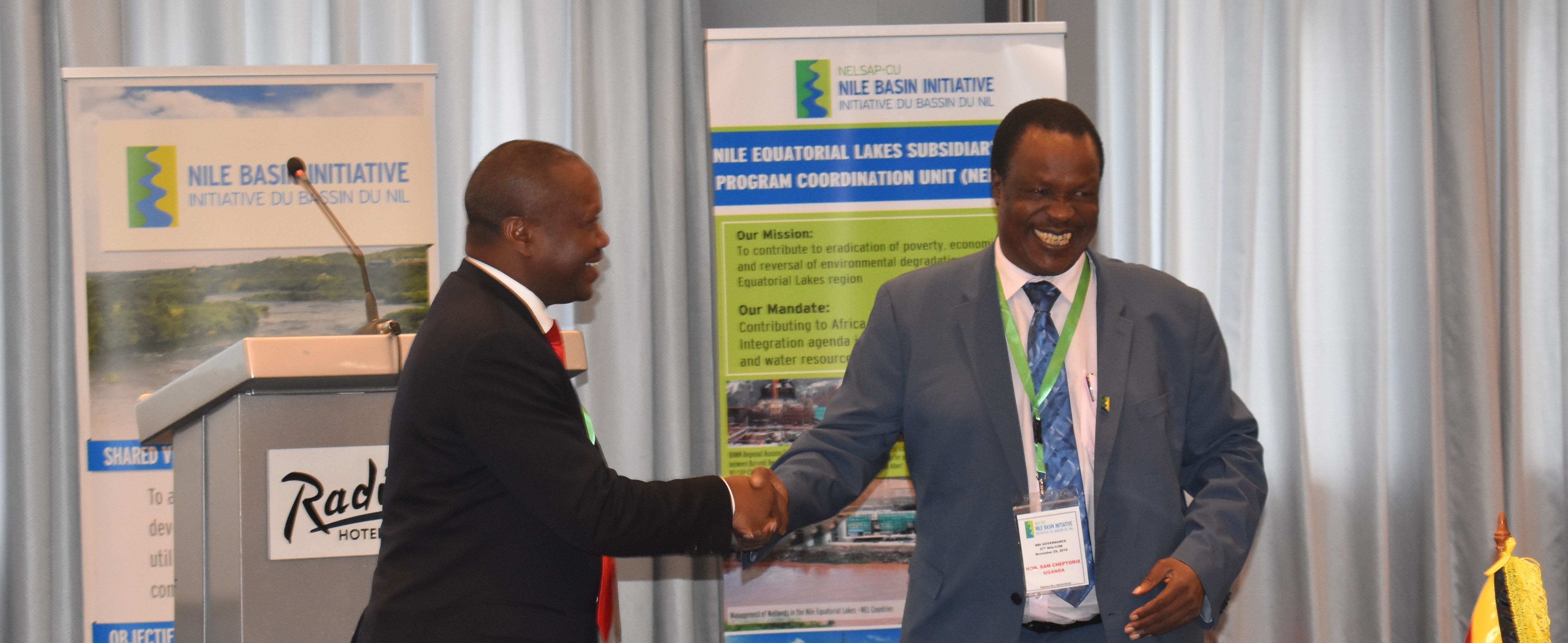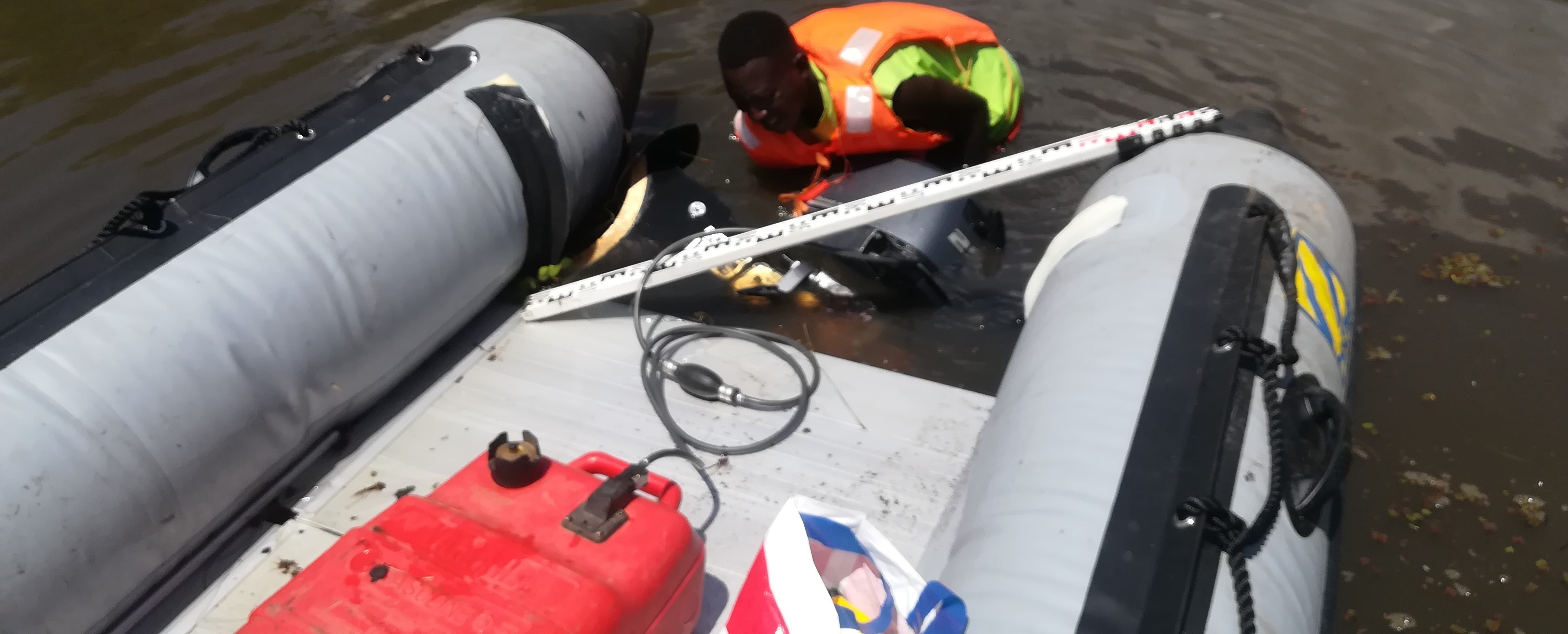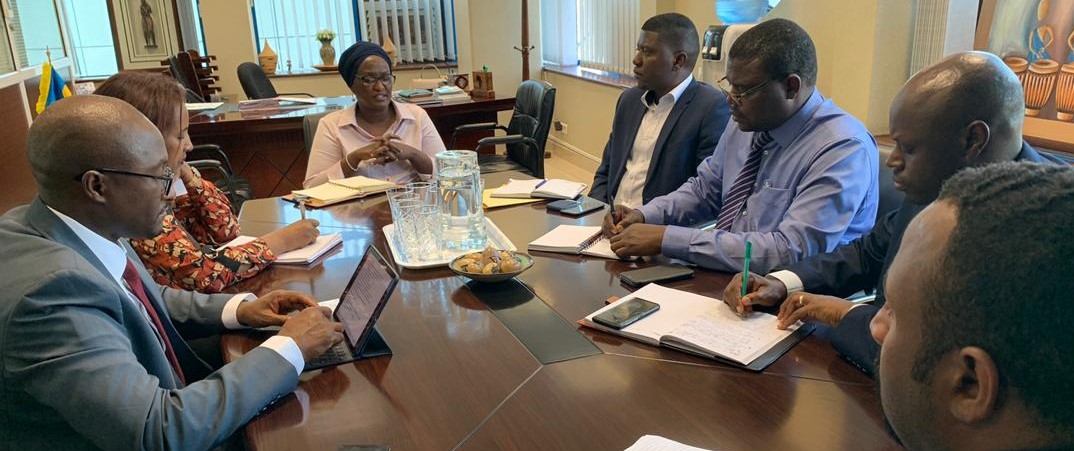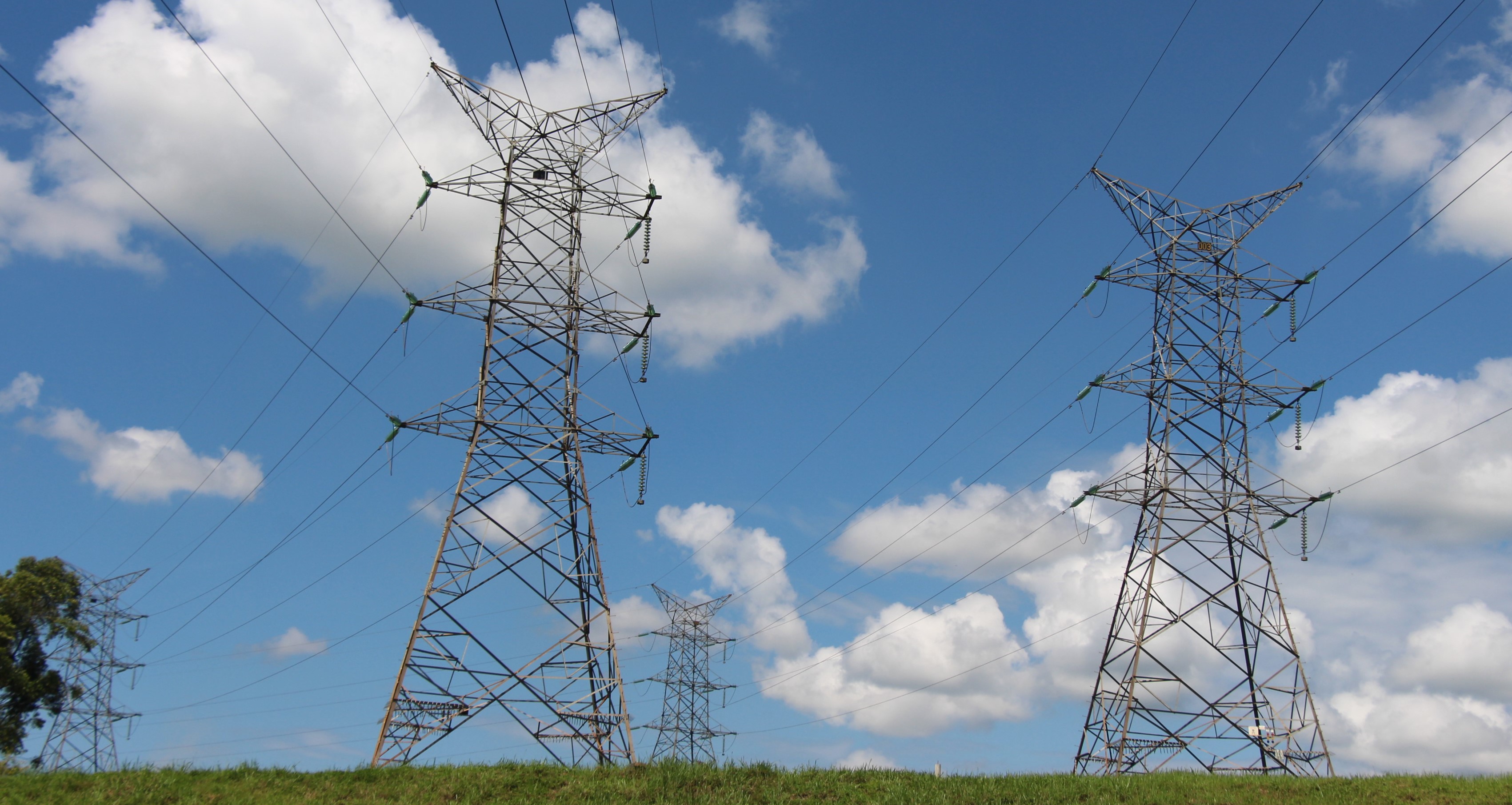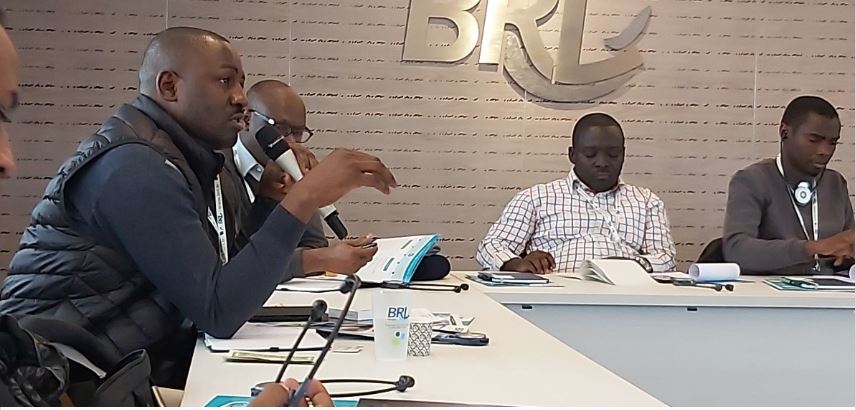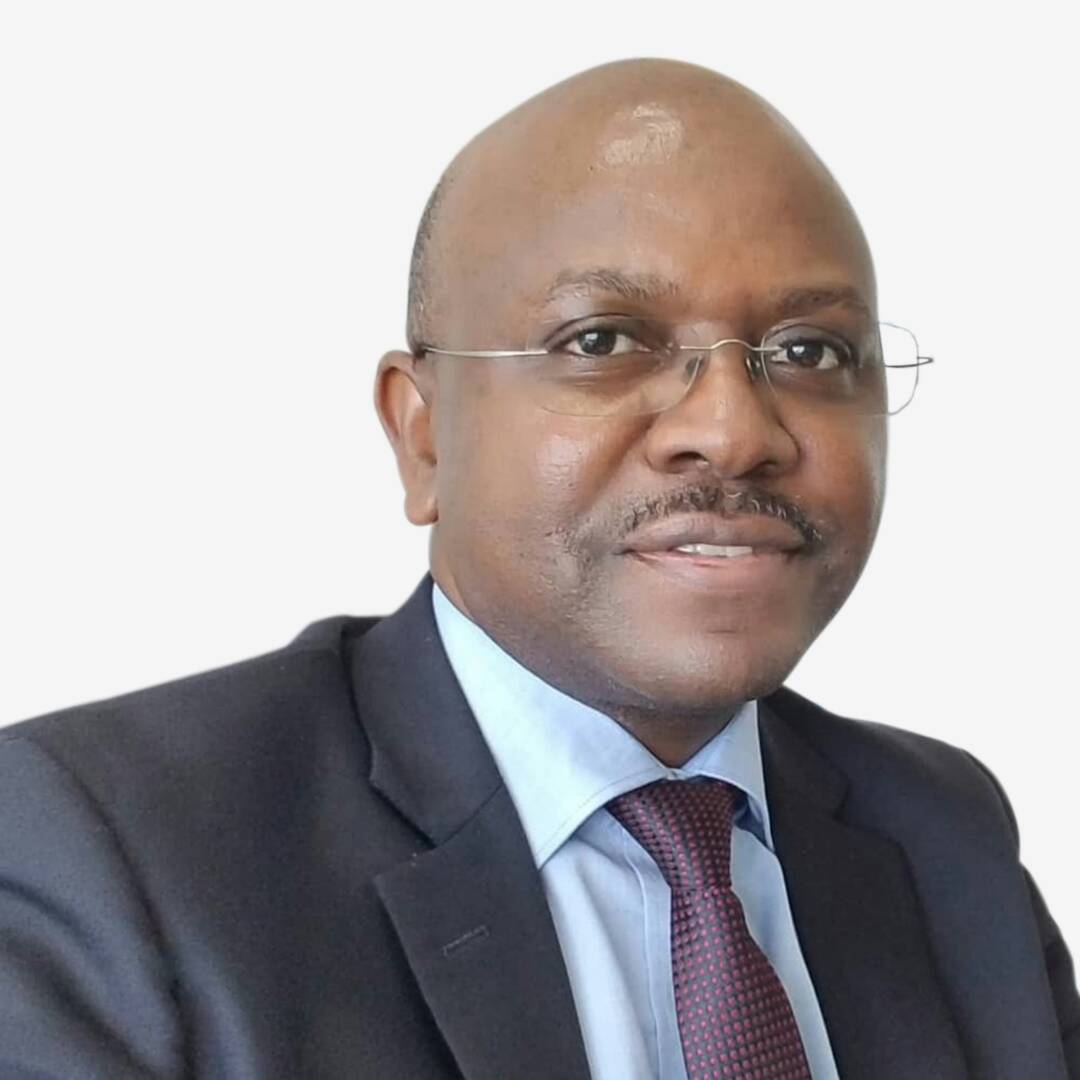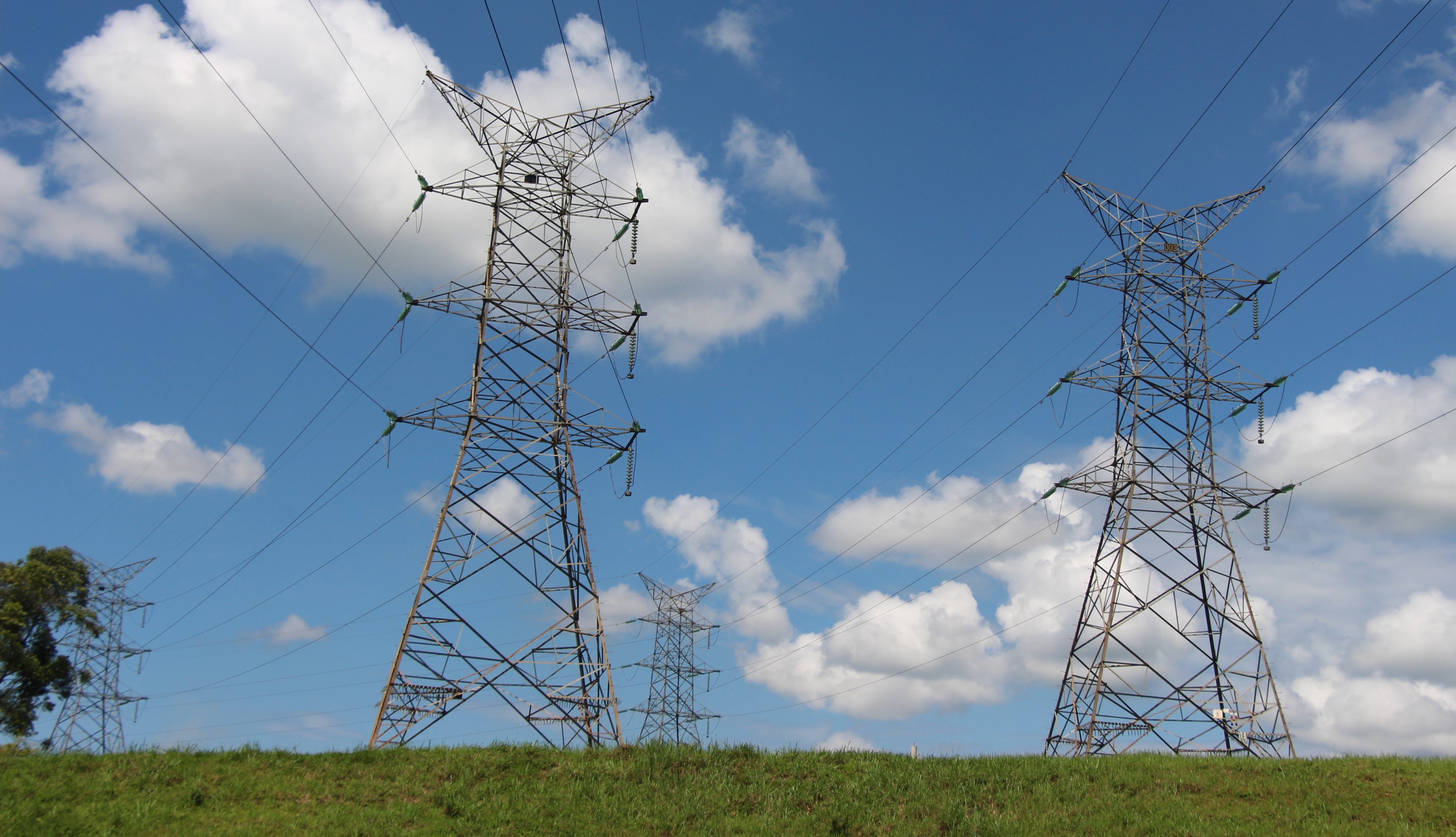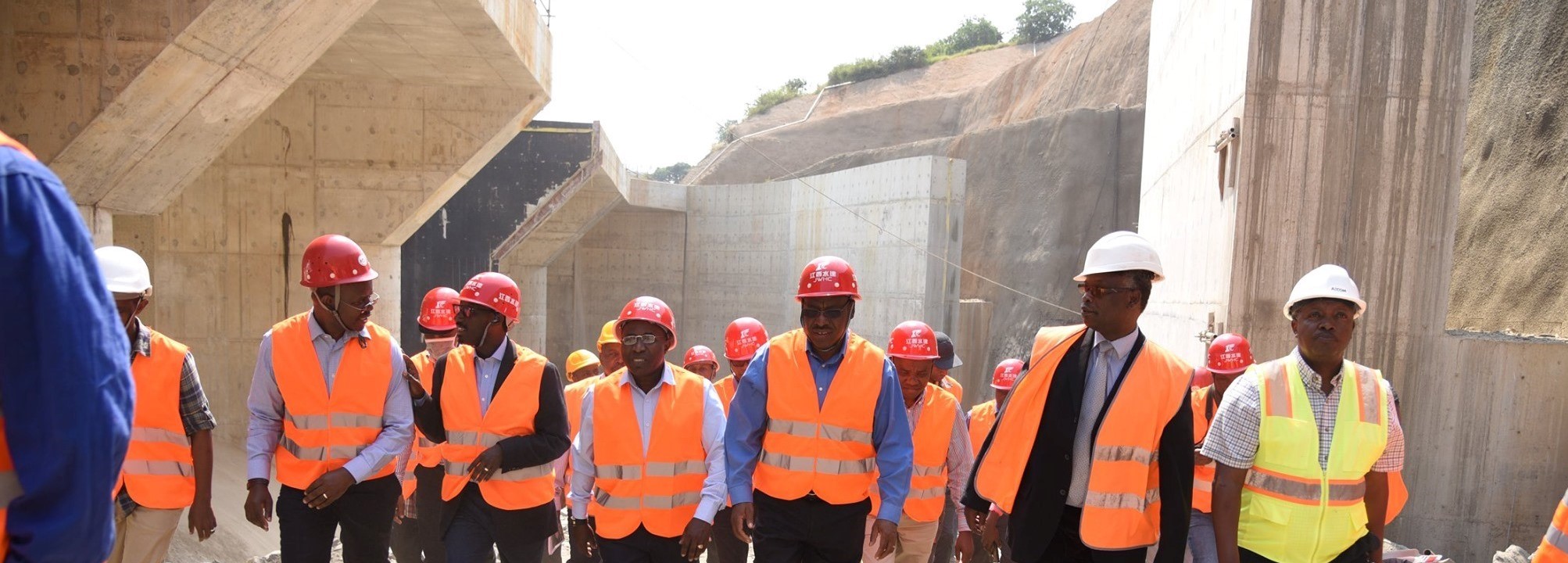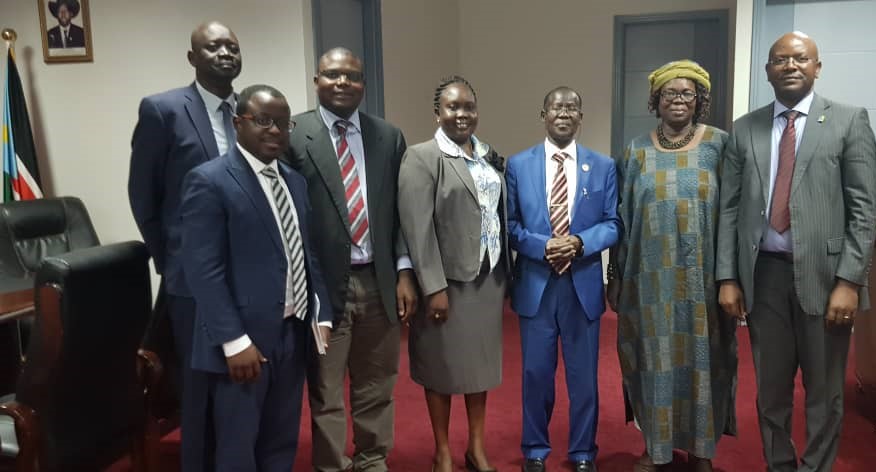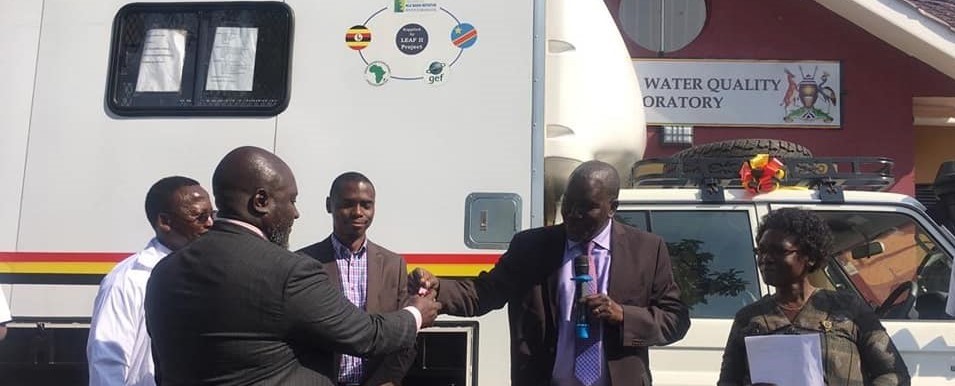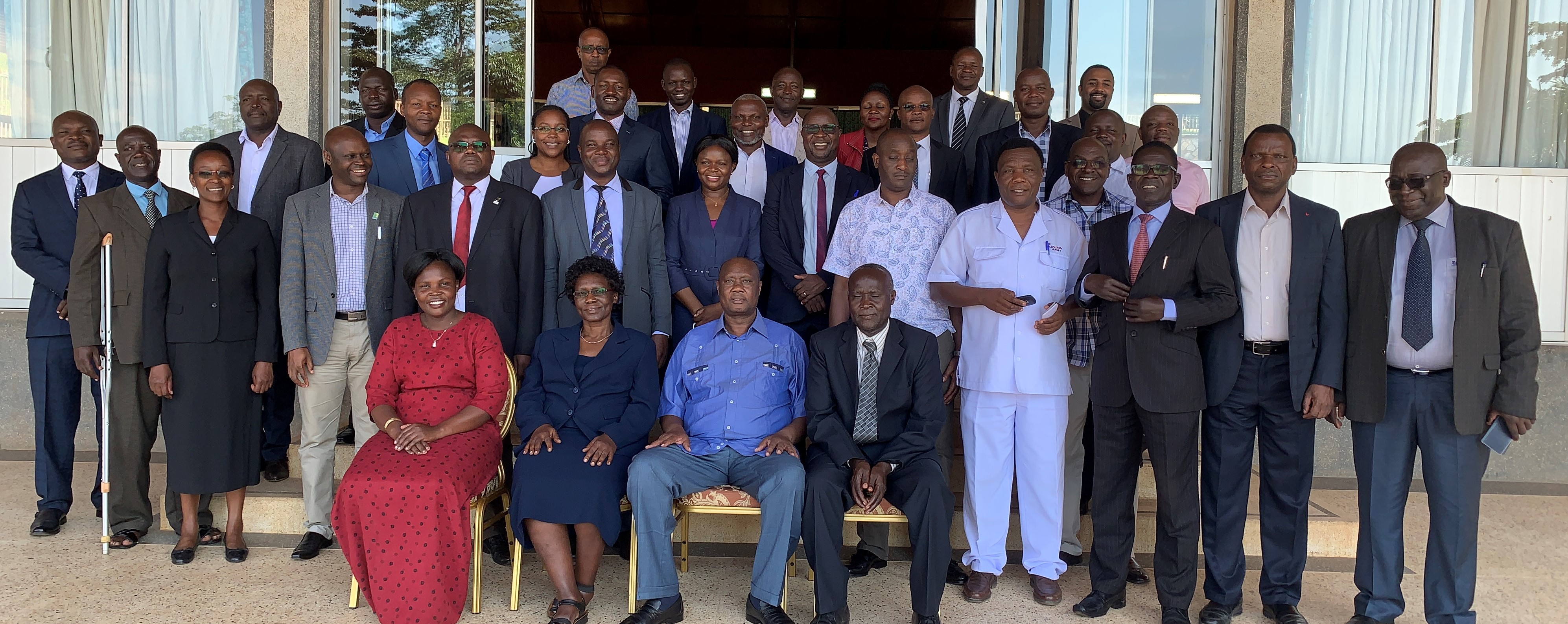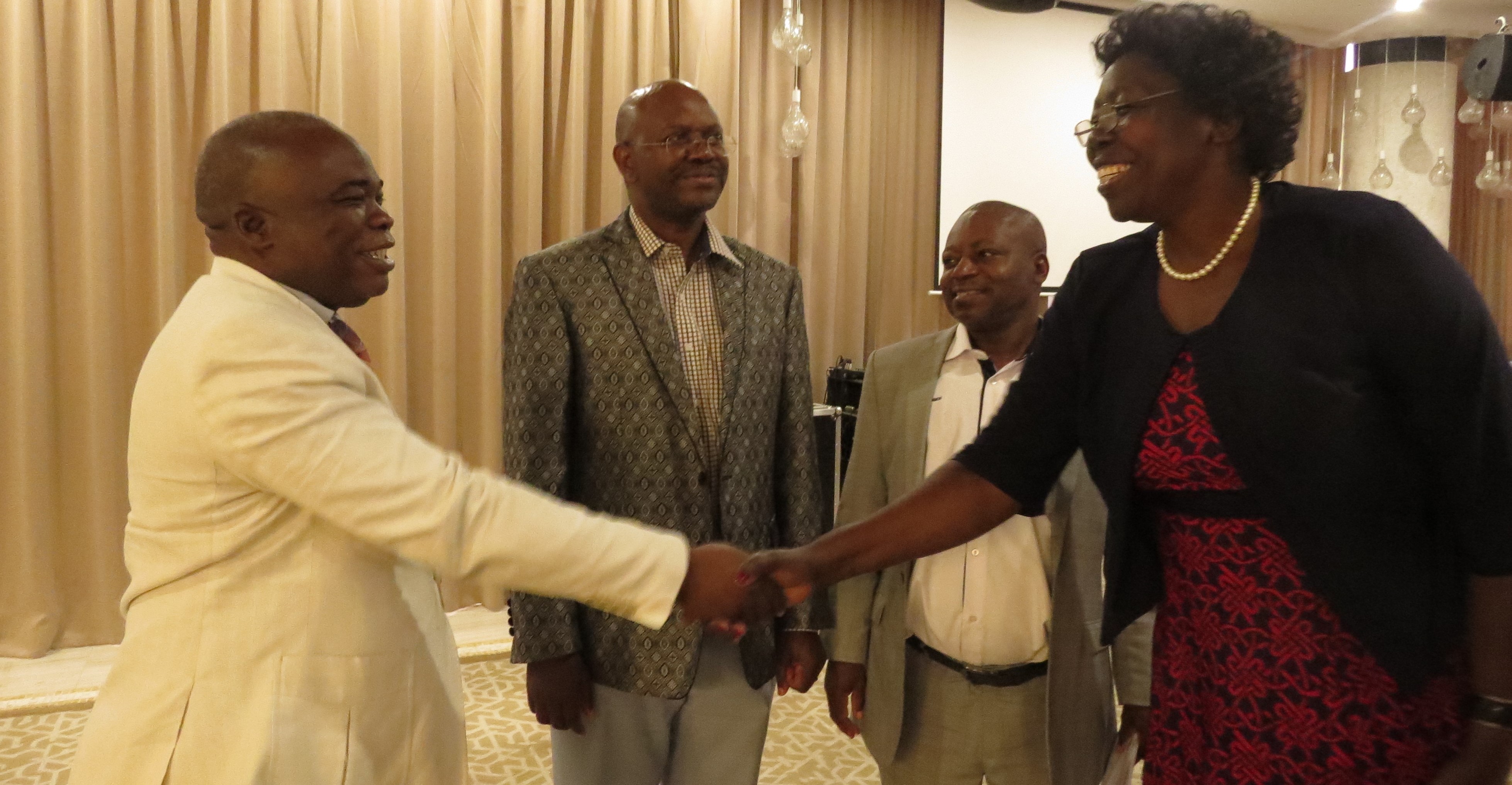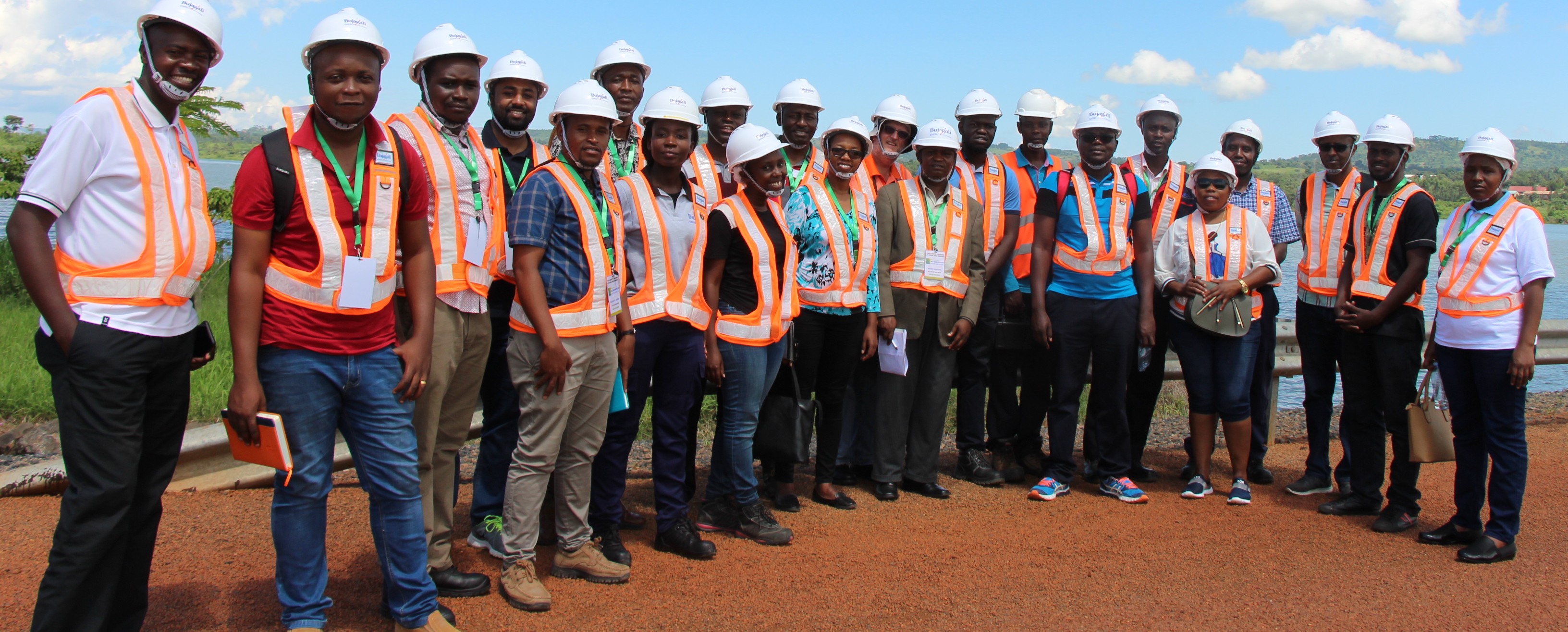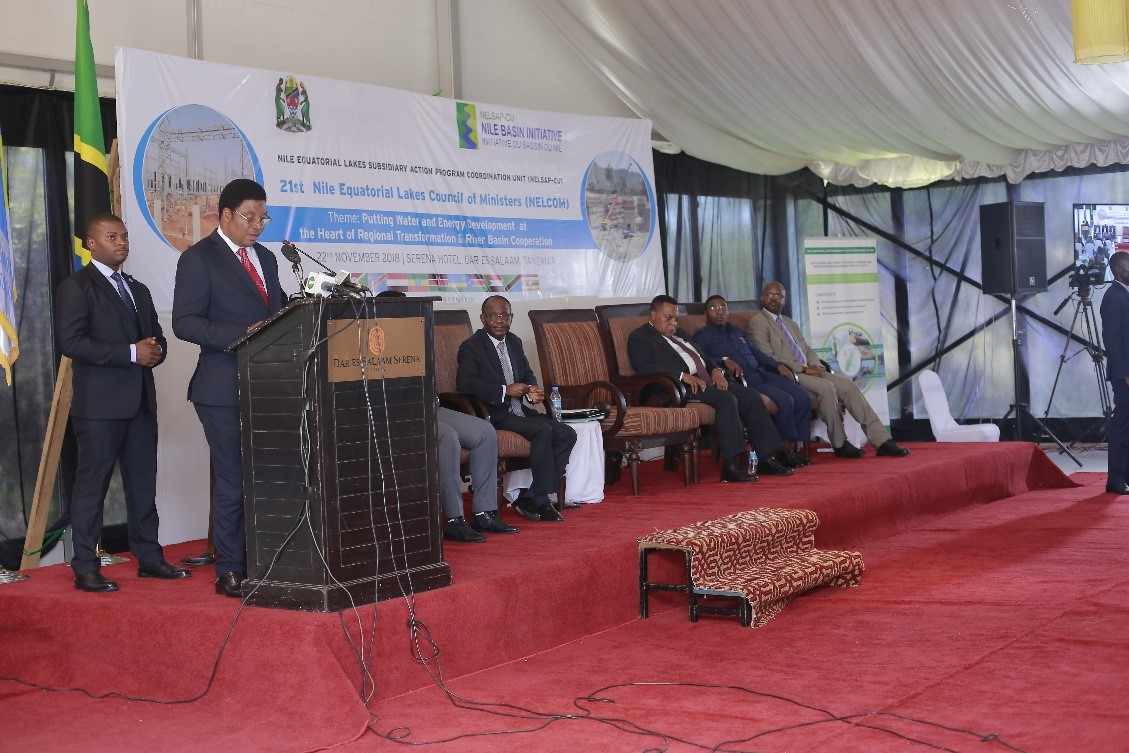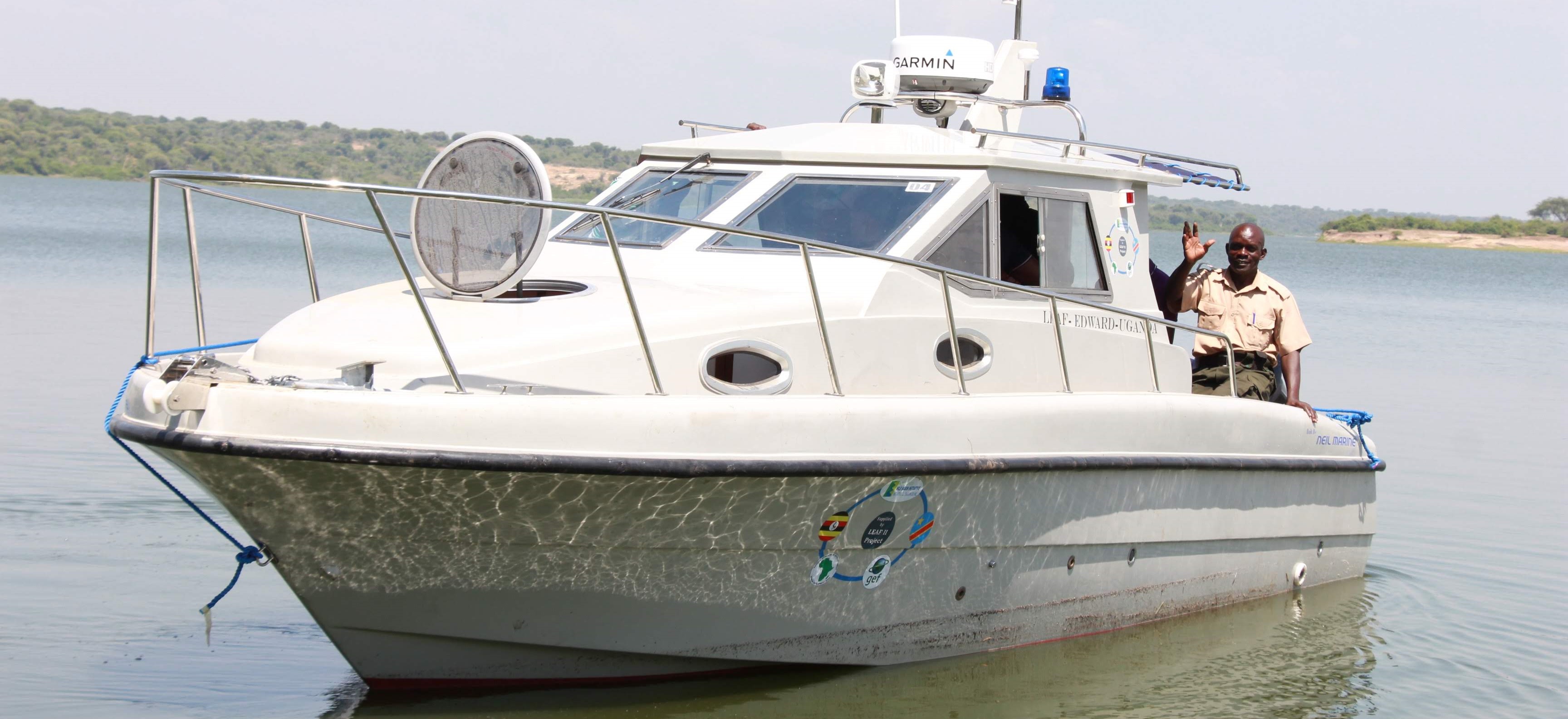A year ago, Rwenshama, a landing site on the shores of Lake Edward, Uganda, was just like any other village landing site - boats all over the many landing spots on the lake shore, fishermen and brokers huddled besides the boats spread across the lake shores in the hot sun, with hordes of onlookers watching the spectacle of price negotiations. Piles of fish could be seen, either on a sack or spread on the sandy ground. At that time, the modern integrated landing site was still under construction.
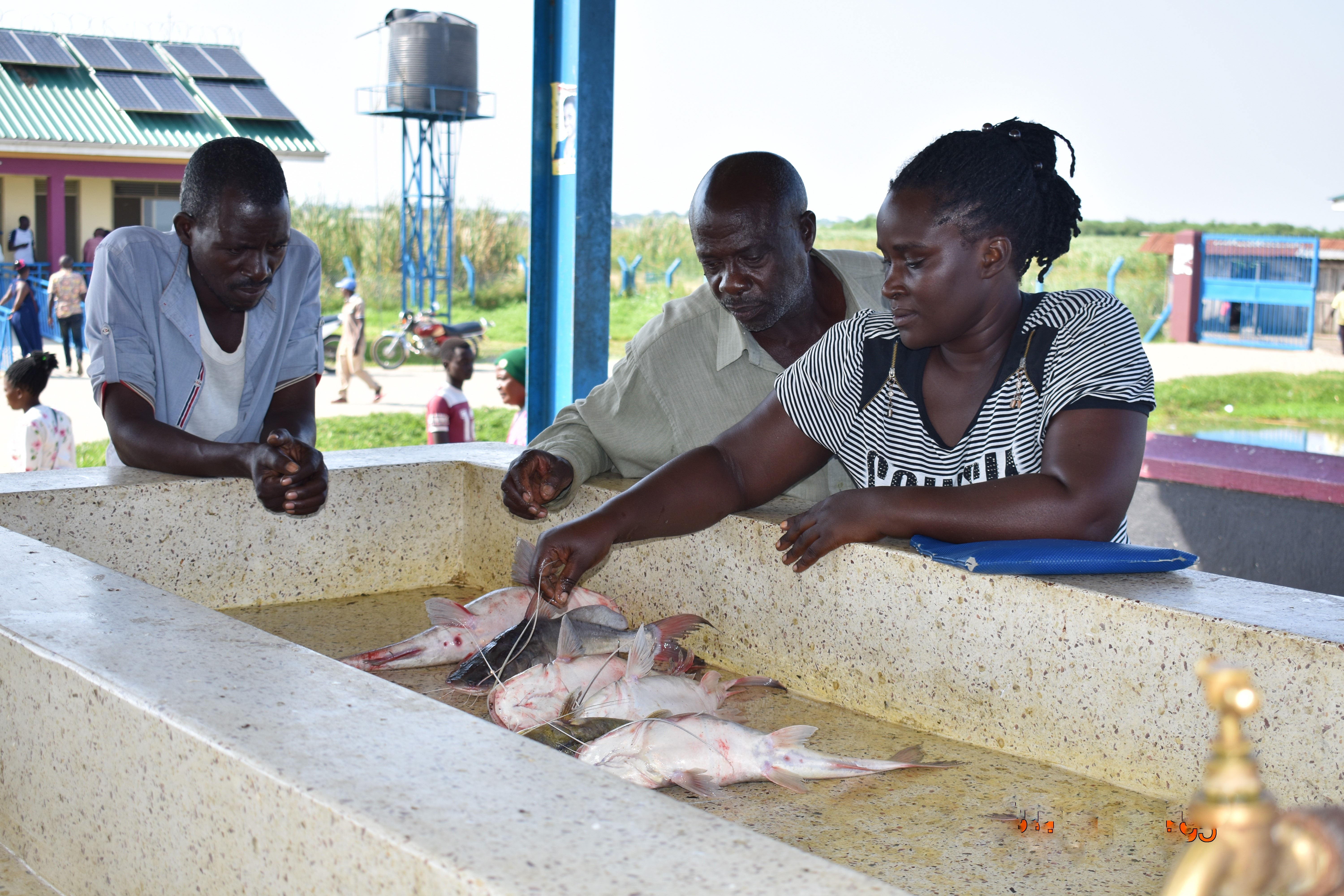 We interviewed the Resident District Commissioner of Rukungiri back then and he said, “This is the only Each of the two landing sites has a cold room, an ice block making machine, a fish market, a fish store, an unloading shed, offices for co-management team-one for the Fisheries Officers and another for the Marines and a hygienic fish salting and drying area. landing site serving the entire Rukungiri District, and when it will be completed, cleanliness and sanitation of fish from Rwenshama will change, and our fish will be able to compete at national and even at the global level,” The Commissioner spoke in February 2020.”
We interviewed the Resident District Commissioner of Rukungiri back then and he said, “This is the only Each of the two landing sites has a cold room, an ice block making machine, a fish market, a fish store, an unloading shed, offices for co-management team-one for the Fisheries Officers and another for the Marines and a hygienic fish salting and drying area. landing site serving the entire Rukungiri District, and when it will be completed, cleanliness and sanitation of fish from Rwenshama will change, and our fish will be able to compete at national and even at the global level,” The Commissioner spoke in February 2020.”
By June 2021, the landing site had undergone complete transformation. The modern fish landing and processing facility was complete and in use. The solar powered potable water supply system, and the ‘ecosan’ sanitation facility were also complete. And so was the administration block which houses the Fisheries Officer as well as the Fisheries Protection Unit. Two privately run mobile money kiosks had opened shop inside the facility to take advantage of the booming commercial activities taking place at the landing site. “The only facilities not yet in use are the sun drying facilities and modern fish smoking kilns, which will be operational soon,” Mr. Richard Rugadya, the National Fisheries Officer for the project in Uganda explained.
“Since this landing site was completed, the prices, standards and quality of fish from Rwenshama has greatly improved, and our fish now competes well in the national market” says Musinguzi Robert. Robert has been a fish trader at the landing site for the past 18 years.
“Before this landing site was constructed, we used to suffer especially during rainy and sunny days,” says Hellen Kakwanzi. Hellen has been a fish trader at the site for the past 20 years. “However now I feel great because we work in a good healthy environment with clean running water and as a result, when we go to the market, our fish is preferred because it doesn’t have sand or mud,” she explains. Hellen purchases and resells 25 kilograms of fish every day.
“Once a boat lands on the lake shores, only the broker who has booked that entire boat is allowed near it, and from there everything moves into the newly constructed landing site where there is clean running water, blocks for cleaning the fish, large shade to accommodate the fish buyers and brokers alike,” explains Mr. Ananias Mutabazi, the sub-county Fisheries Officer.
The modern landing site is one of nine sites in D.R Congo and Uganda constructed with support from the LEAF II Project, in collaboration with the Governments of the D.R Congo and Uganda. The project is funded by the African Development Bank (AfDB) and the Global Environment Facility (GEF).
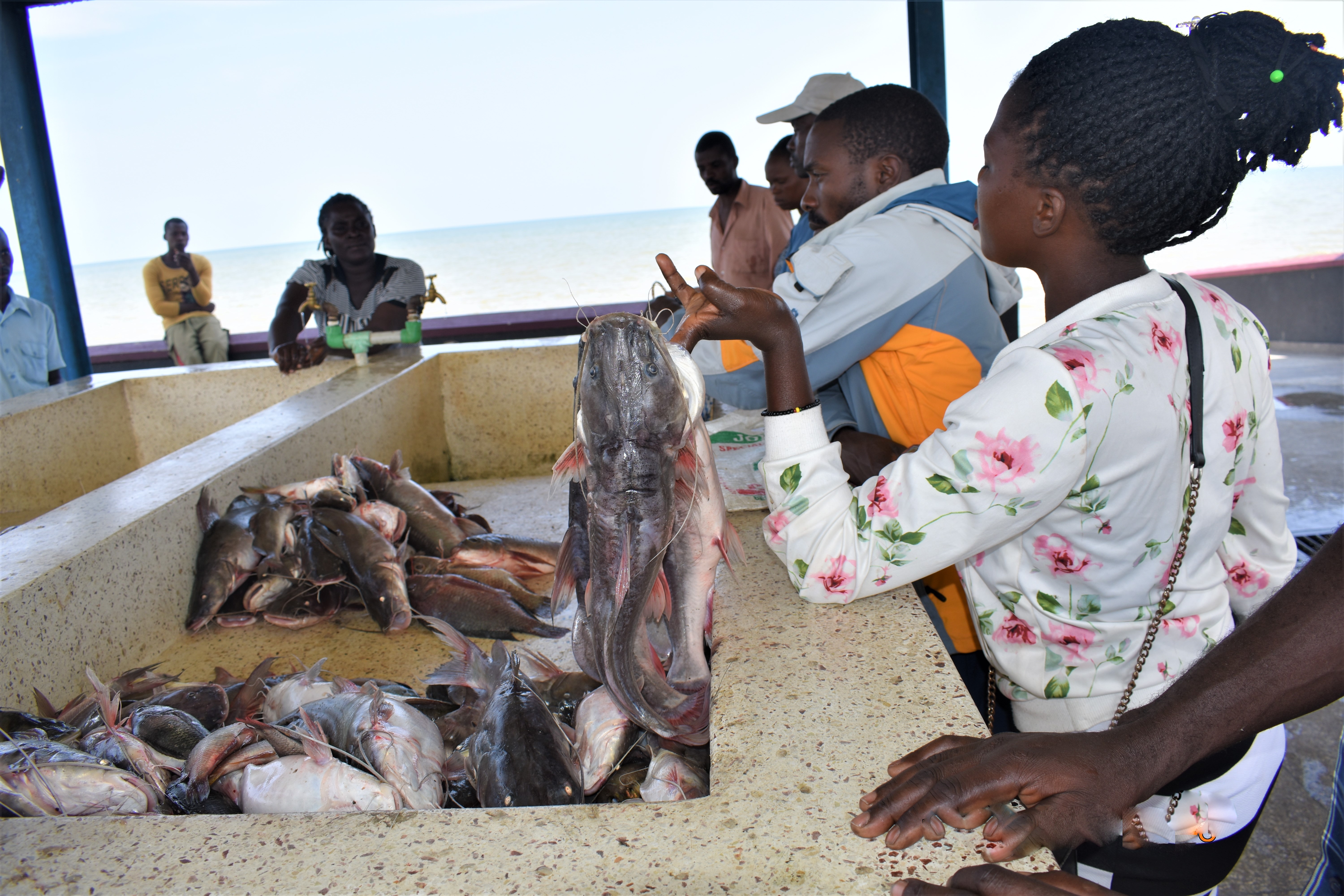
How Rwenshama Landing Site is Managed
The local government (LC1) and the Fisheries Office helped the community to develop acceptable management practices, to agree on user fees and to hold elections of a management committee of seven. The committee works under the local government, represented by the sub-county Chief, the Parish Chief and the sub-county Fisheries Officer.
According to Mr. Edward Twongyeirwe, chair of the management committee, the facility serves 15 registered fish traders, 50 brokers, 60 licensed boat owners and 10 wheelbarrow pushers daily.
All these user groups pay an agreed user fee per month. Currently for example fish traders pay USD 3 (10,000 UGX) while brokers pay USD 2.5 (9,000 UGX). “The user fees gives the facility about (USD 203) 700,000 UGX per month which is banked in a Savings and Credit Organization (SACCO) and later used to pay our four full time employees and purchase cleaning supplies,” Mr. Twongyeirwe explained.

